Flash Gordon
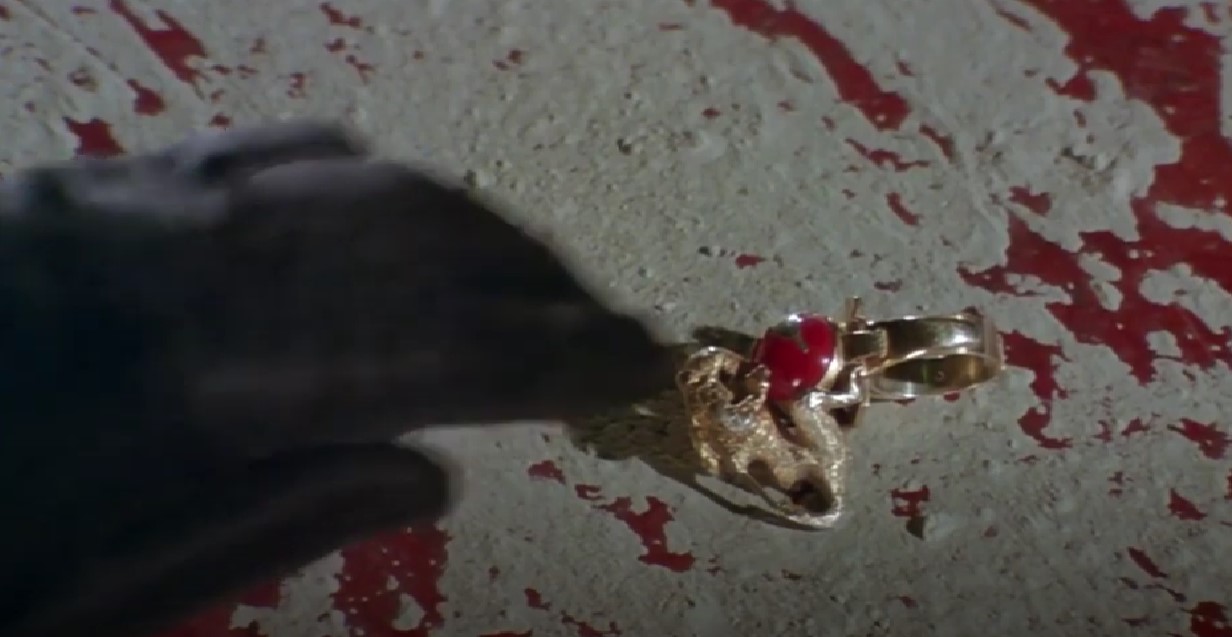
Based on Alex Raymond’s beloved comic strip, 1980’s Flash Gordon was designed to be a Star Wars-esque smash that spawned a franchise, but this didn’t happen. Though it’s now considered a fantasy classic, director Mike Hodges’ film wasn’t a big enough hit to spawn a sequel, despite the final shot hinting that the evil Ming – whose black-gloved hand reaches for his fallen ring – has survived.
Hellboy II: The Golden Army
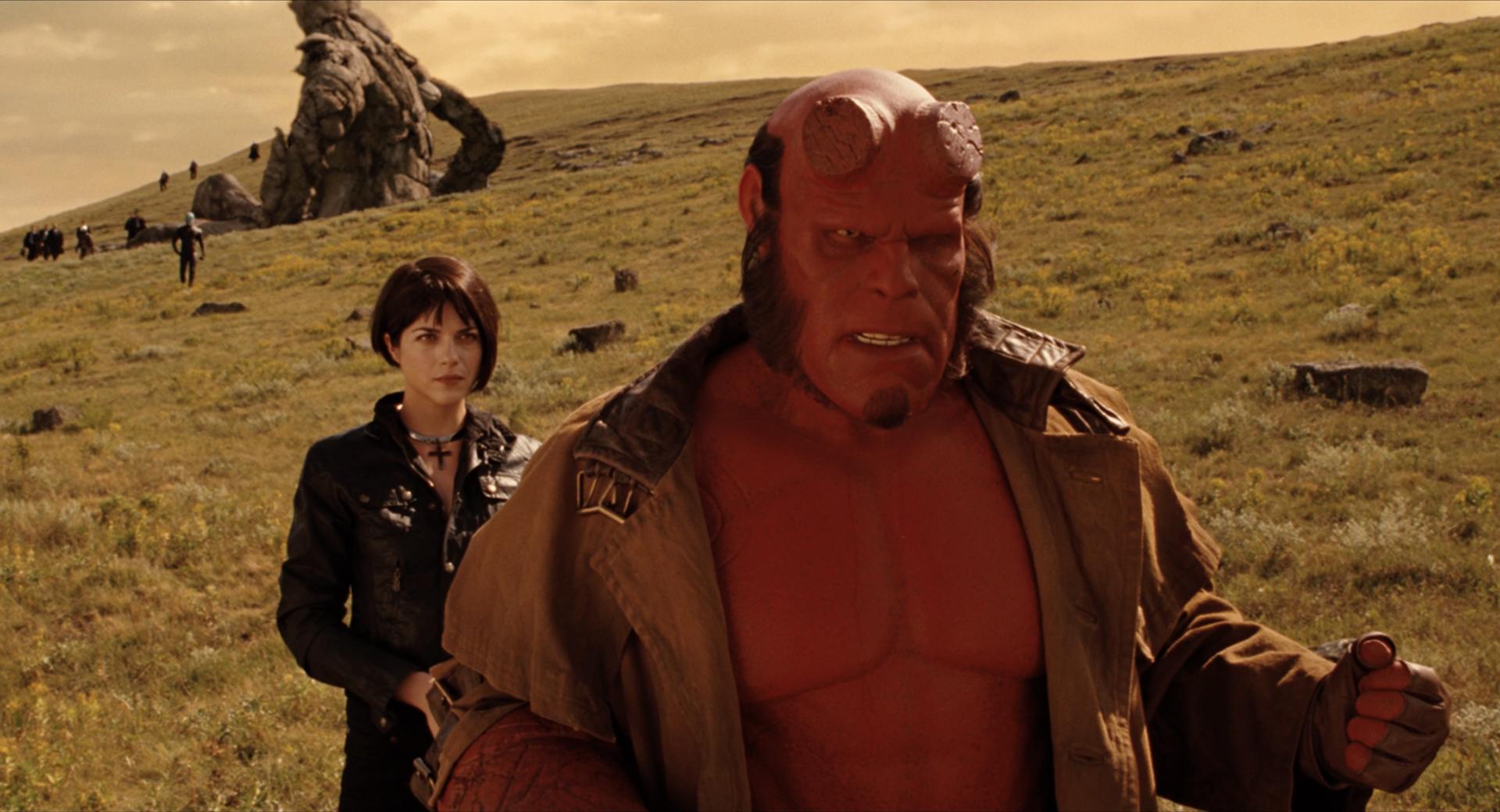
It’s still a source of heartache for many fans that Guillermo del Toro’s Hellboy trilogy was never completed. 2008’s Hellboy II: The Golden Army is riddled with hints of what’s ahead – a world-ending scenario with Ron Perlman’s HB at its forefront – and the final moments see Selma Blair’s Liz reveal she’s having his babies. Alas, mediocre box office returns saw the planned third movie axed.
The Italian Job (1969)
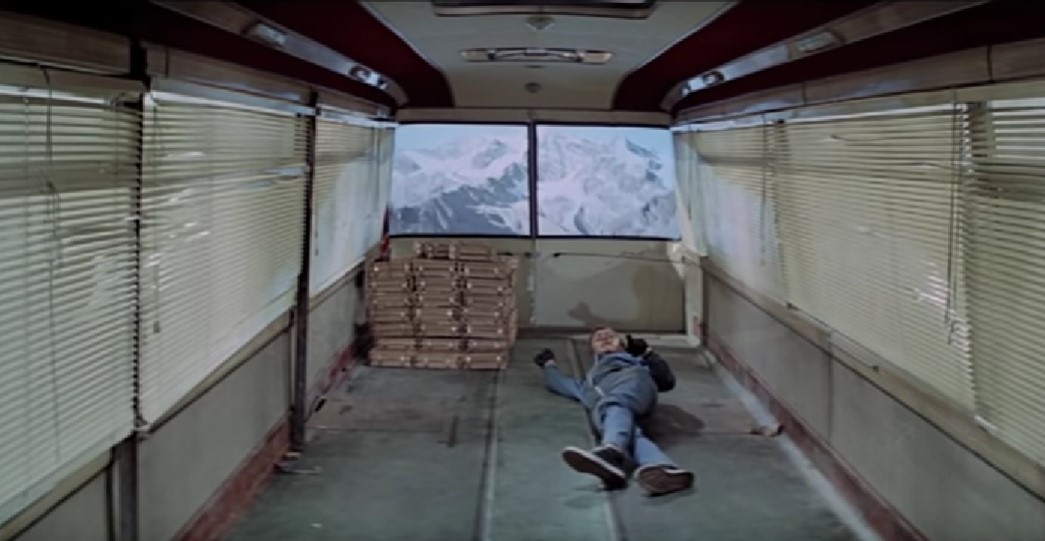
Few films take the concept of a cliffhanger ending as literally as The Italian Job. The 1969 heist comedy closes with the gold-laden coach literally dangling on a cliff edge whilst Michael Caine’s Charlie declares he has “a great idea” to fix things. It was intended that a sequel would have shown what happened next, but the film’s middling box office receipts thwarted these plans.
The Mummy (2017)
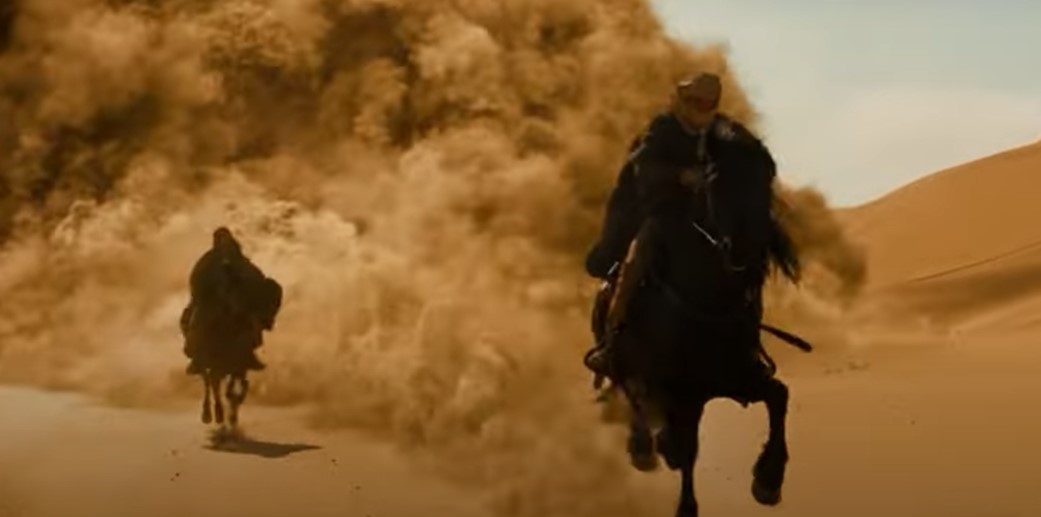
Has any would-be blockbuster from recent years proved as underwhelming as 2017’s reboot of The Mummy? Declared the launchpad for Universal’s Dark Universe (a new franchise reviving the studio’s vintage monster movie properties), the big budget Tom Cruise vehicle reduced critics and audiences to fits of unintentional laughter, resulting in the plug being pulled on the entire Dark Universe before it had even begun.
Young Sherlock Holmes
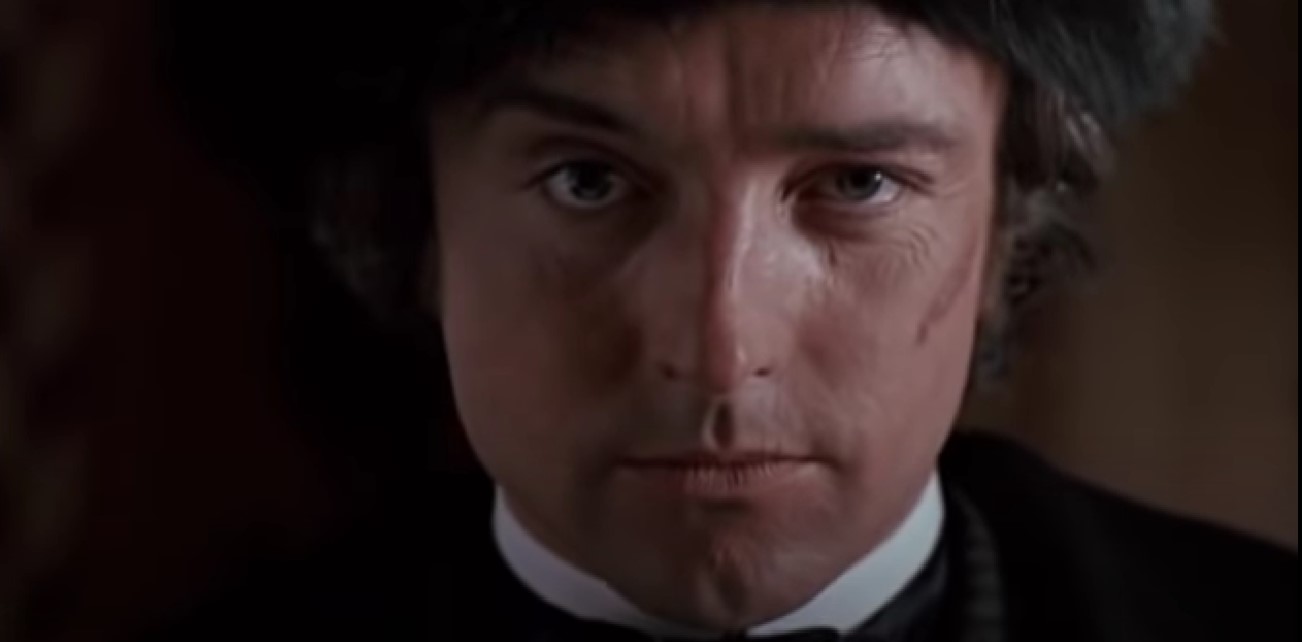
Back in the 80s, post-credits scenes were hardly the norm. 1985’s Young Sherlock Holmes was ahead of the curve, with a stinger that hinted at exciting things ahead, revealing that Anthony Higgins’ villain Rathe not only survived his apparent drowning, but that he is also the famed detective’s nemesis Moriarty. Sequels would surely have followed, if the film hadn’t flopped in the US.
Godzilla (1998)
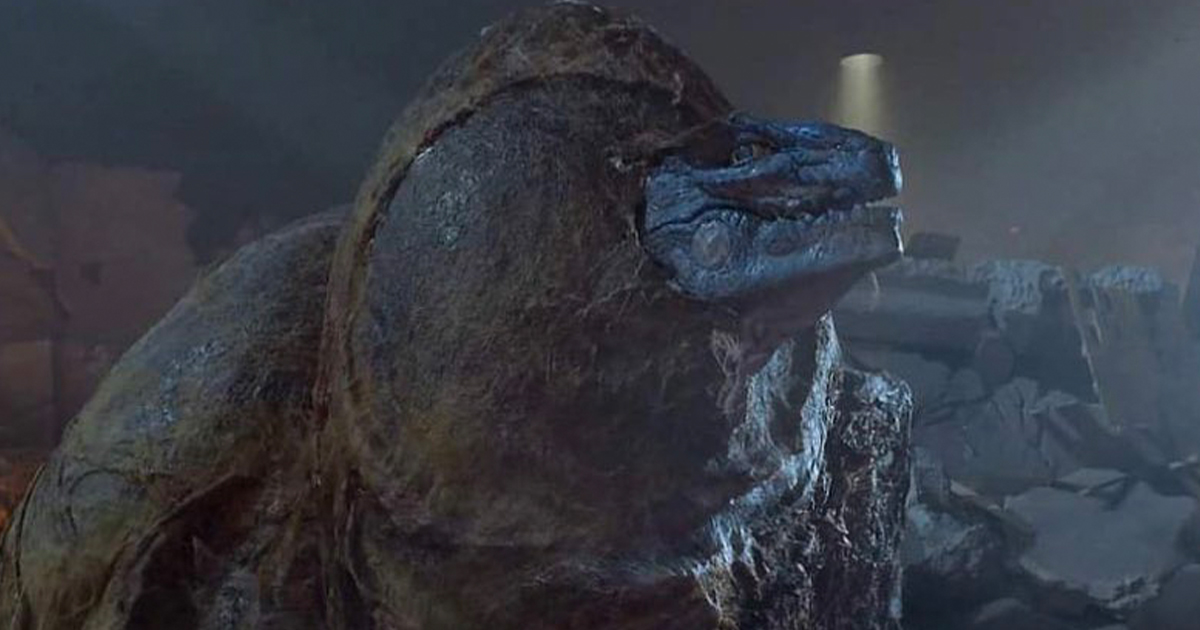
How could a Godzilla movie from the director of mega-blockbuster Independence Day not prove a roaring success? Cinemagoers found out in 1998, when Roland Emmerich’s big budget reboot of the iconic Japanese monster bored critics and audiences alike, proving little more than a tepid Jurassic Park rip-off. The final moments hinted at a follow-up as a baby Godzilla hatches, but widespread disinterest meant no sequel followed.
Alien: Resurrection
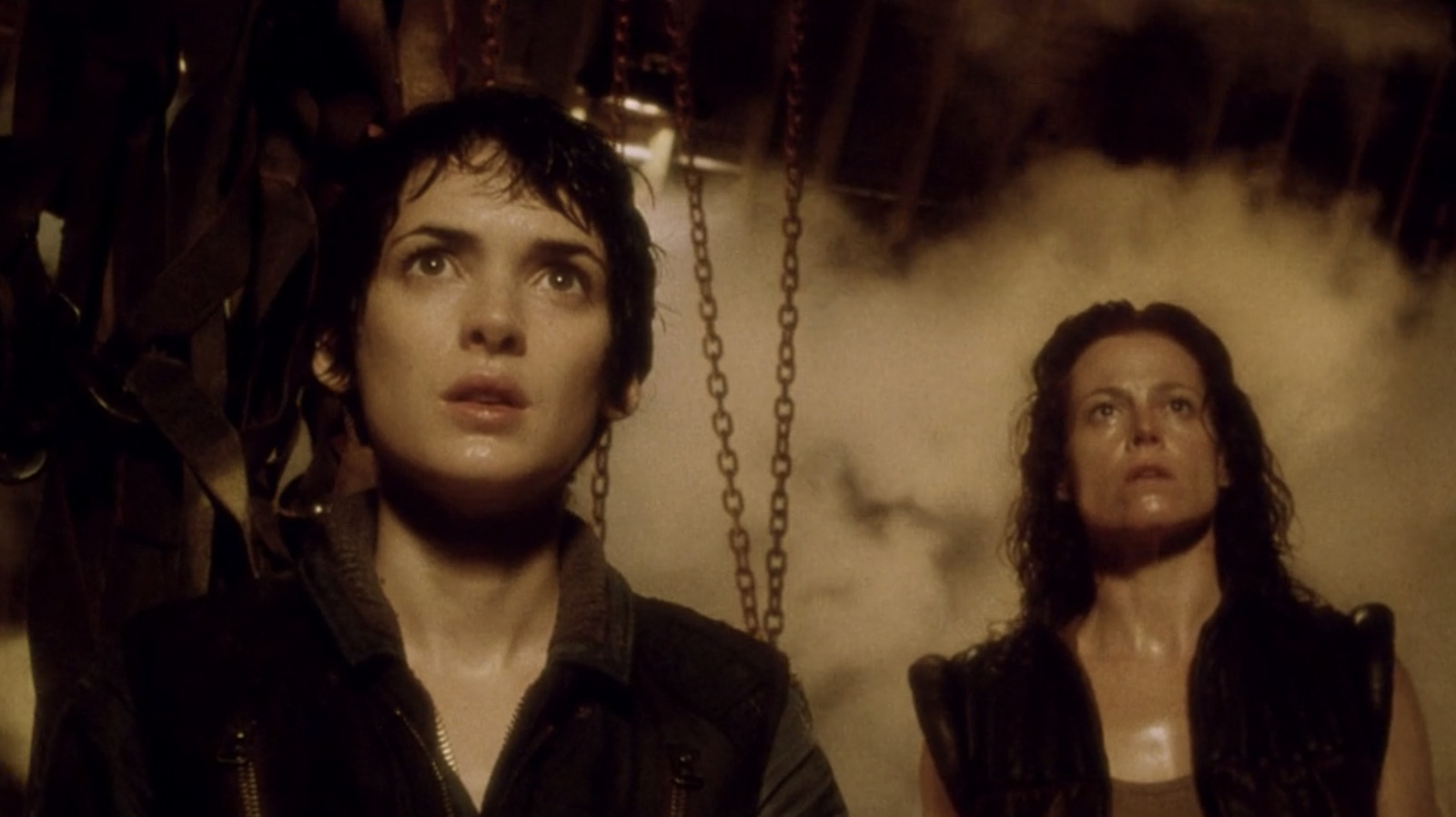
If there was one thing fans of the Alien franchise had always wanted to see, it was those pesky Xenomorphs wreaking havoc on our own planet Earth – an eventuality promised by the climax of 1997’s fourth film Alien: Resurrection. However, Ripley actress Sigourney Weaver didn’t like the idea of Alien on Earth, so studio 20th Century Fox pursued spin-off Alien vs. Predator instead.
Pacific Rim: Uprising
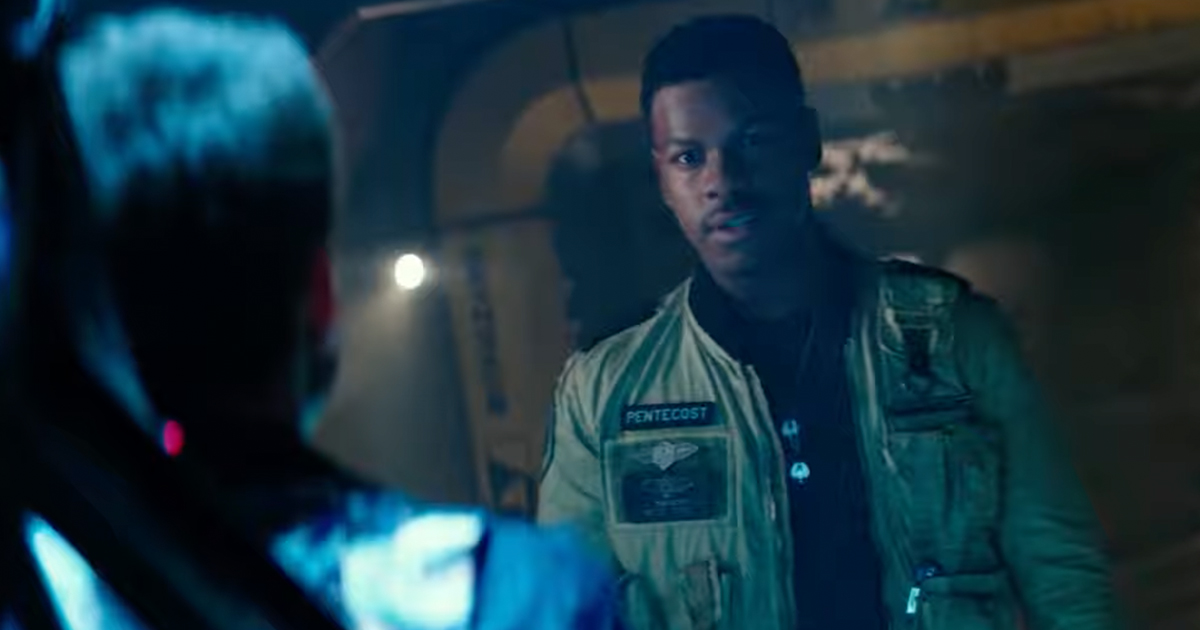
After 2013’s robots-versus-monsters epic Pacific Rim proved only a modest hit, sequel Pacific Rim: Uprising was always a risky venture. John Boyega becomes the new figurehead as Jake Pentecost in the 2018 film, and a mid-credits scene sees him promise Earth’s defenders will take the fight to their alien attackers. Alas, the sequel made even less money than the first, so trilogy plans went sideways.
Masters of the Universe

Masters of the Universe was one of the best-loved toy/cartoon franchises ever, so when it came to the big screen, blockbuster success was anticipated. Sadly, the 1987 film flopped, and we never got a pay-off to the post-credits scene in which Frank Langella’s Skeletor – assumed dead after his final battle with Dolph Lundgren’s He-Man – pops up to hiss, “I’ll be back!”
Black Adam

The post-credits scene of 2022’s Black Adam features Henry Cavill as Superman, implying an imminent smackdown with Dwayne Johnson’s anti-hero. Cavill, whose future as Superman had been in doubt, had not long since publicly declared his return to the role. However, Warner Bros/DC soon announced they were rebooting Superman without Cavill, forcing the actor to recant and rendering the cameo meaningless.
Fantastic Four
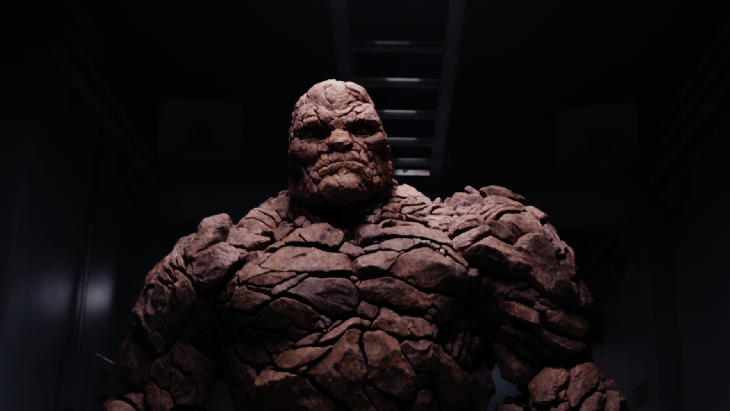
Josh Tank’s gritty 2015 Fantastic Four reboot was widely panned on release, with many members of cast and crew speculating that studio interference was to blame. The ending of the origin story movie explicitly looks to the future, with the Four establishing a base of operations and formally adopting their collective name. Fox scheduled a sequel for 2017, but eventually removed it from the schedule without explanation.
John Carter
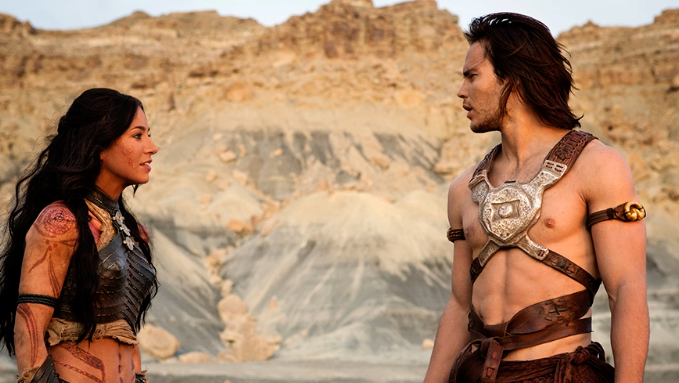
Disney poured a reported $300 million into production of 2012’s John Carter, and hopes were high that the film would kick off a successful sci-fi trilogy, with the ending – which sees the movie’s protagonist return to a war-torn Mars – setting up the sequel. Unfortunately, the film died a death on release, and Disney immediately washed their hands of the franchise rights.
Slither
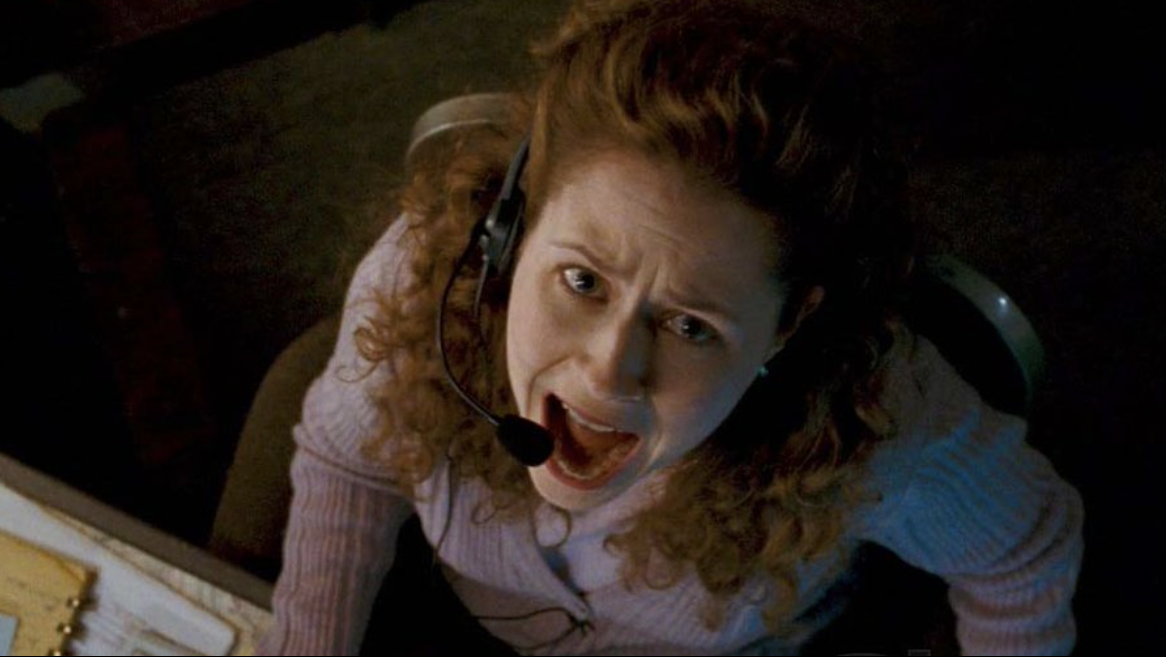
A film that hinted at the depths of James Gunn’s talent, 2006’s Slither tells the story of a town overrun by parasitic, slug-like aliens that turn their hosts into mindless zombies. The townsfolk seem to have prevailed at the end of the film, but a post-credits scene involving an unfortunate cat suggests that the threat hasn’t been vanquished, and Gunn later revealed that he had in fact planned a sequel which never came.
Freddy vs. Jason
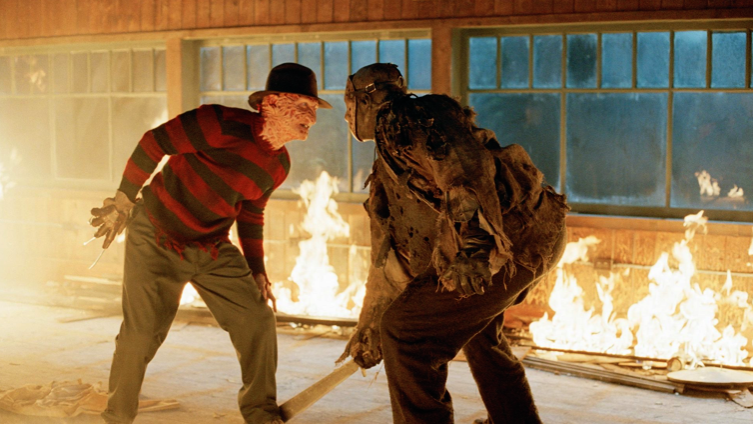
2003’s Freddy vs. Jason sensibly avoided taking itself seriously, instead delivering dramatic showdowns between two of horror’s most iconic baddies, which is what everyone wanted anyway. Freddy’s decapitated head winking at the camera in the film’s final shot clearly hinted at a sequel, and, while attempts were made to make a follow-up that also involved The Evil Dead’s Ash, a nightmare of production rights ensured the idea stayed on the shelf.
Green Lantern
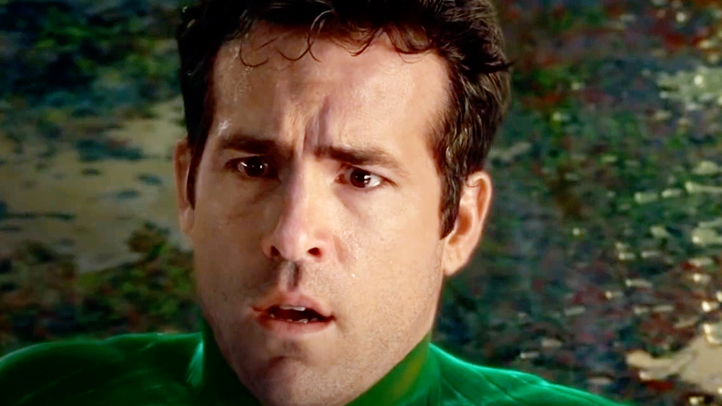
2011’s Green Lantern remains, for a variety of valid reasons, one of the most derided superhero films of all time. An after credits scene shows Sinestro donning his yellow ring, setting up the Green Lantern’s comic book nemesis as the villain for a sequel. Understandably, Warner Brothers had no appetite for another mauling, electing not to make a follow-up movie.
Bubba Ho-Tep
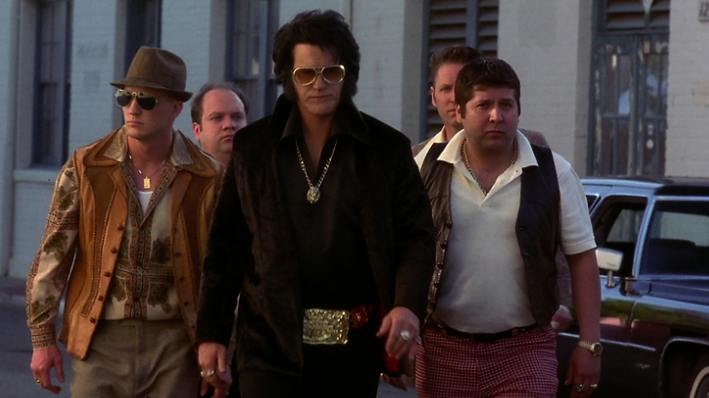
Bubba Ho-Tep follows an elderly Elvis Presley as he takes on an ancient mummy after it attacks his nursing home. It’s exactly as bizarre as it sounds, and all the more entertaining for it. The ending sets up a sequel and even provides a title – Bubba Nosferatu: Curse of the She-Vampires – but, much to the disappointment of the film’s many fans, star Bruce Campbell wasn’t keen on reprising his role.
The Amazing Spider-Man 2
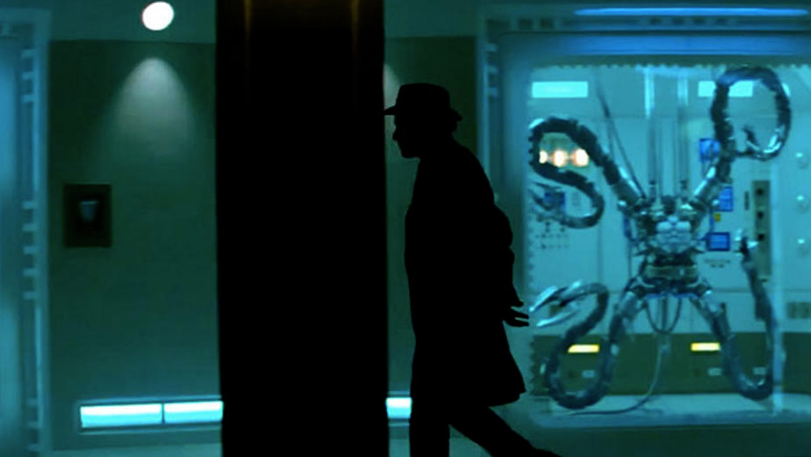
While there was general disgruntlement amongst fans of the Spider-Man franchise when Sony axed Sam Raimi’s fourth instalment in favour of a reboot starring Andrew Garfield, that 2012 movie performed well enough to warrant a sequel. The Amazing Spider-Man 2 teased the formation of the Sinister Six in a post-credits scene, but negotiations between Sony and Marvel eventually led to yet another reboot, this time with Tom Holland playing the web-slinger.
Friday the 13th
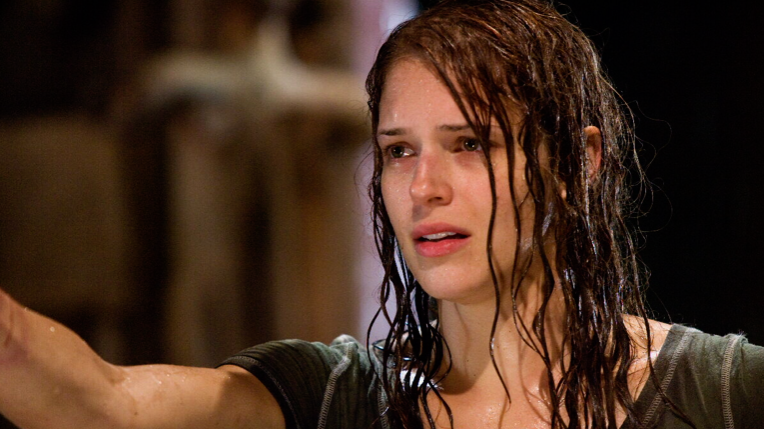
Buoyed by the success of 2003’s Freddy vs. Jason, the Friday the 13th franchise was formally rebooted by Platinum Dunes in 2009. The movie – which upgraded Jason’s intellect and was ruthlessly panned for it – ends with the obligatory shot of a seemingly vanquished Jason bursting from the waters of Crystal Lake, but the film’s performance ensured that producers had no desire for a sequel.
Zack Snyder’s Justice League
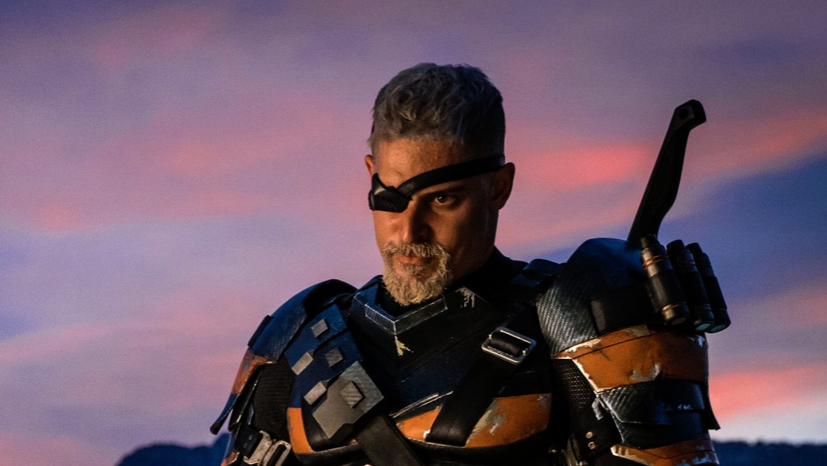
Zack Snyder’s Justice League was supposed to be DC’s answer to The Avengers, and the ending – which sees Superman turn evil and reintroduces Jared Leto’s Joker – was clearly designed to set up a sequel. However, DC underwent major restructuring after the film’s release, leading to the decision to reboot the DC extended universe with James Gunn at the helm.
Airplane II: The Sequel
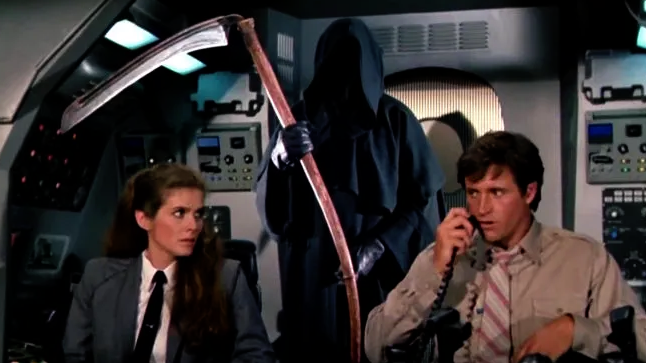
Conceived by the same minds as the Naked Gun films, 1980’s Airplane became an instant classic thanks to its utterly silly, utterly inspired non-stop gags. Released two years later, Airplane II: The Sequel soars to even greater comedic heights, and a post-credits title card assures viewers that a third instalment will land soon. However, it never materialised, due to Robert Hays losing desire to make another.
X-Men: Apocalypse
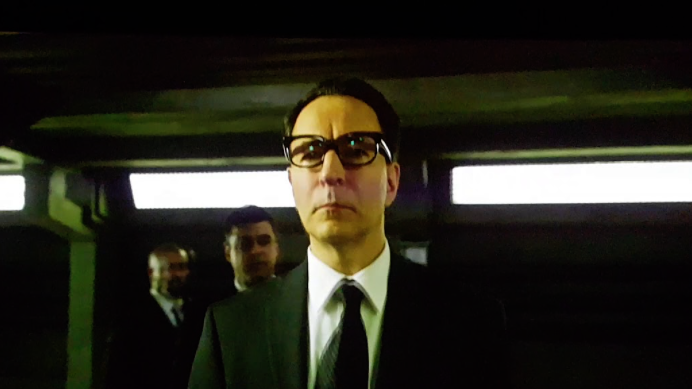
The final shots of 2016’s X-Men: Apocalypse show a group of nefarious-looking men taking samples from the lab the X-Men broke out of earlier in the film. The camera lingers on one of the men’s briefcases, which displays the words ‘Essex Corp’, setting up a sequel with Nathaniel Essex, aka Mr. Sinister. Since Disney acquired the rights to the X-Men, the idea to follow this up seems to have been canned.
Batman and Robin
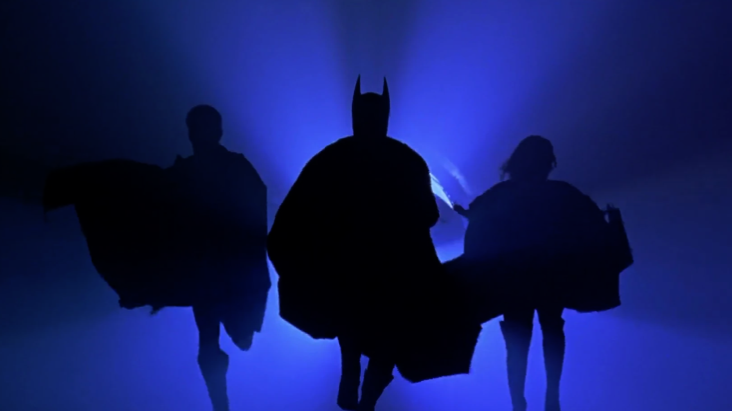
The legacy of 1997’s Batman and Robin is so dire that, in 2017, director Joel Schumacher publicly apologised for inflicting it on viewers. However, the ending of the film – which sets up the increasing involvement of Batgirl, a revenge arc for Mr. Freeze and a showdown with Scarecrow – suggests that everyone involved was expecting a sequel.
Charlie’s Angels (2019)
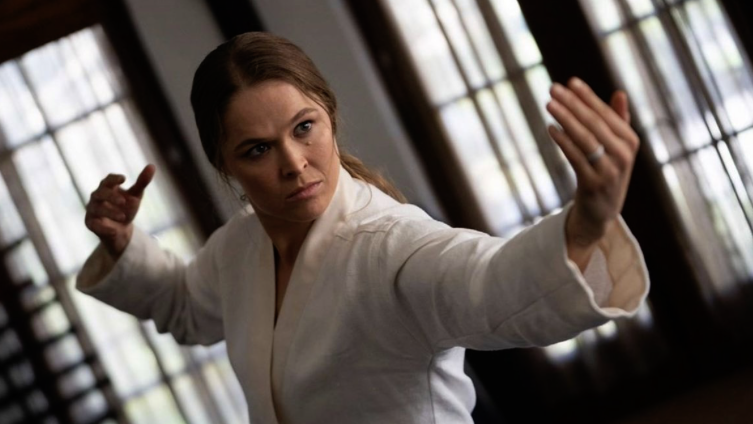
Many expected the 2019 reboot of Charlie’s Angels to be the first instalment of a franchise, and a post-credits scene featuring cameos from Ronda Rousey, Hailee Steinfeld and Lili Reinhart seemed to confirm this intention. The movie performed unexpectedly poorly, however, and the studio decided not to move ahead with a sequel.
Morbius
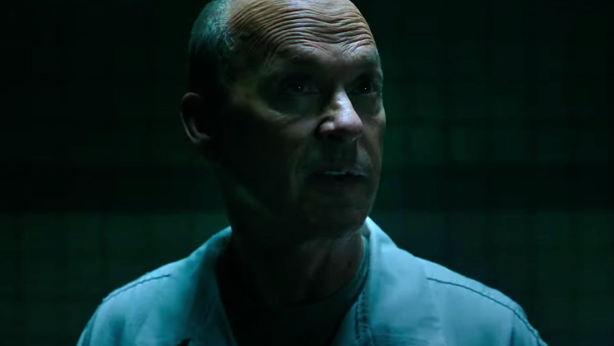
The makers of Morbius were so sure the movie would get a sequel that they included two post credits scenes. The first shows Michael Keaton’s Vulture, having been transported into Morbius’ universe following the events of Spider-Man: No Way Home. The second shows Vulture and Morbius contemplating teaming up to “do some good.” As it was, the film’s atrocious box office performance guaranteed a sequel will never come to fruition.
A Nightmare on Elm Street (2010)
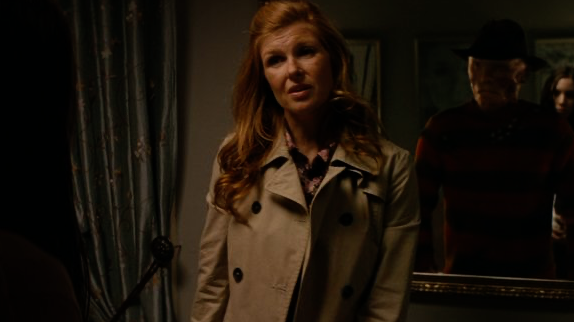
Undeterred by the terrible response to its Friday the 13th reboot, Platinum Dunes released a reboot of A Nightmare on Elm Street the very next year. The movie ends in much the same way as the same way as the 1994 original, with Freddy revealing he is still a threat by violently emerging from a mirror, but the film’s resolutely awful reception scuppered plans for a sequel.
Big Trouble in Little China
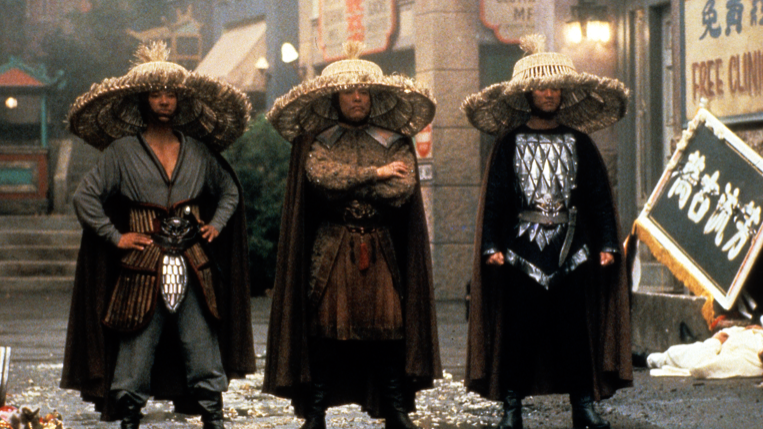
Attitudes towards Big Trouble in Little China have warmed significantly over time. As it was, the movie – which follows a trucker who inadvertently gets caught in a war between Chinese gangsters and sorcerers – was just a bit too ambitious for its time. The final scene, in which an alien monster stows away in the protagonist’s truck, was supposed to set up a sequel, but nothing ever came of it.
The Last Airbender
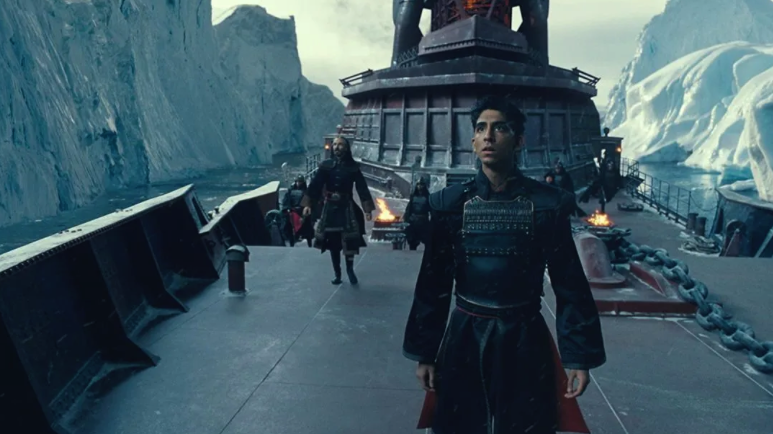
Based on the Nickelodeon TV series, The Last Airbender was supposed to kickstart a trilogy, ending on a definitely inconclusive note with the war between Fire Nation and the Water Tribes in full swing. The film was a major flop, however, largely due to controversy over the decision to cast white actors as East Asian characters, and plans for the sequels were dropped.
X-Men Origins: Wolverine
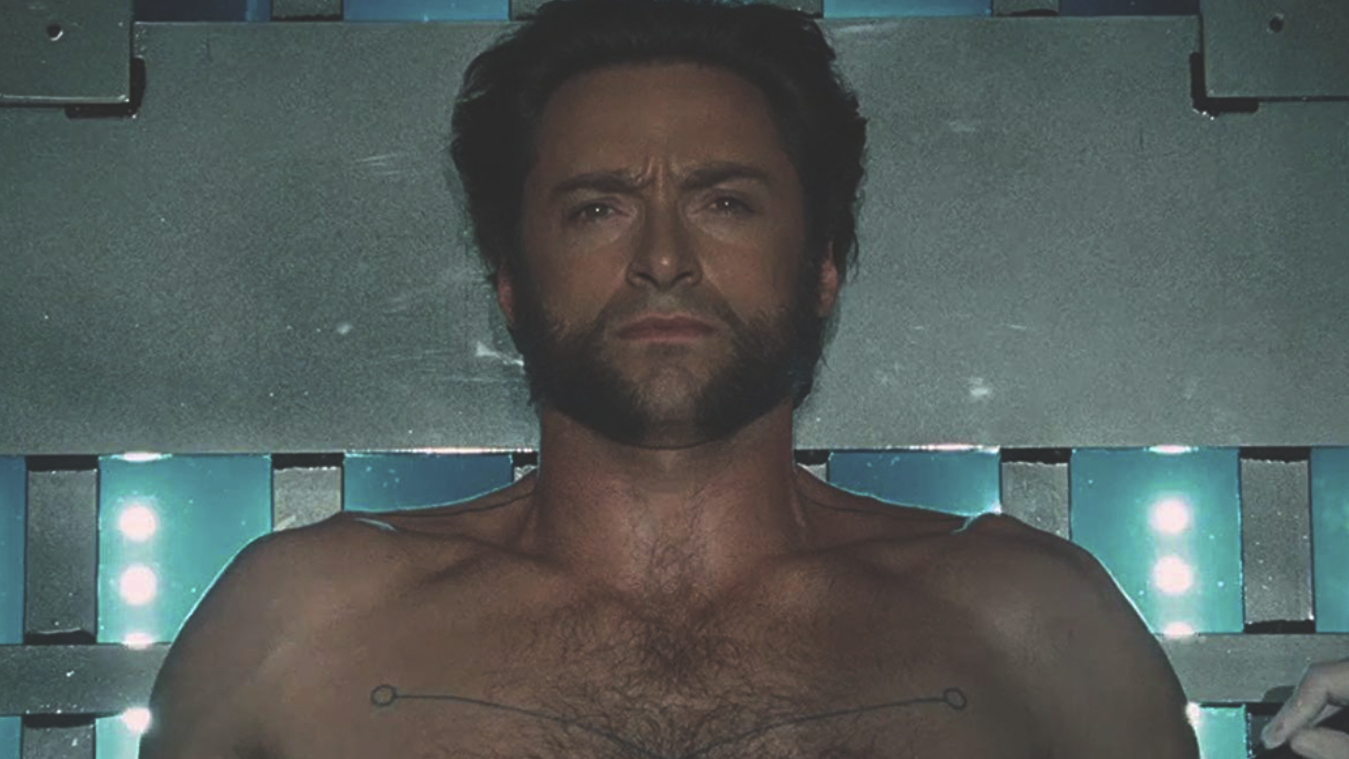
Wolverine is easily the most intriguing of the X-Men, making it all the more baffling that almost all of his solo outings have been trash (Logan very much proving the exception). 2009’s X-Men Origins: Wolverine might be the worst of the bunch, but producers were clearly angling for a sequel with a post-credits scene that revealed Ryan Reynolds’ Deadpool wasn’t dead after all.
Battleship
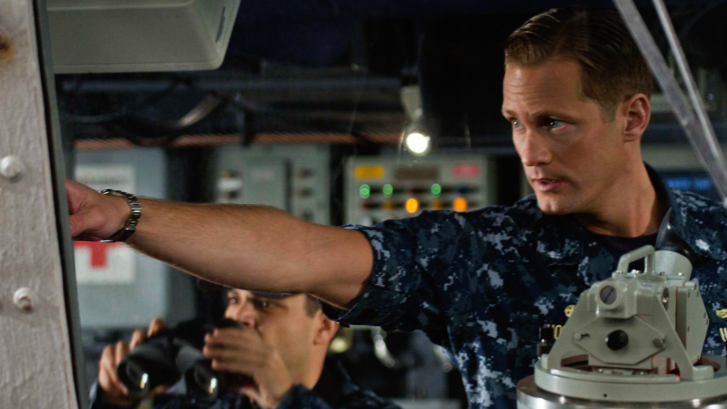
The news that the board game Battleship was getting a silver screen adaptation was taken by many as further evidence that Hollywood is fast running out of ideas, suspicions that were confirmed when the film actually came out. A post-credits scene depicts an asteroid bearing an alien crashing into Earth, but the movie’s poor performance quickly sank any chance of a sequel.
Daredevil
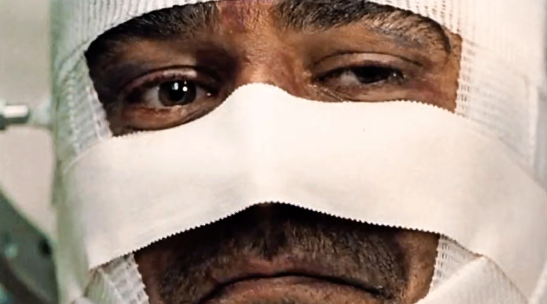
Ben Affleck’s first stab at playing a comic book hero, 2003’s Daredevil was roundly mocked by fans and critics alike, killing any chance of a sequel. However, a post-credits scene which depicts Colin Farrell’s Bullseye recovering in a hospital bed suggests that studio were very much planning on further movies with Affleck squeezed into Daredevil’s red leather suit.
Power Rangers (2017)
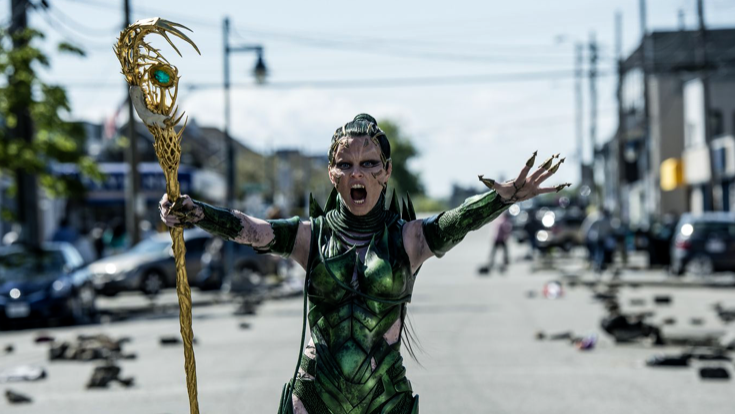
Power Rangers is one of the most beloved kids’ shows of all time, and it’s kind of hard to believe there have only been two movie adaptations so far. The second of these, released in 2017, was panned on just about every front, ensuring that a post-credits scene teasing the introduction of the Green Power Ranger led to precisely nothing.
The Golden Compass
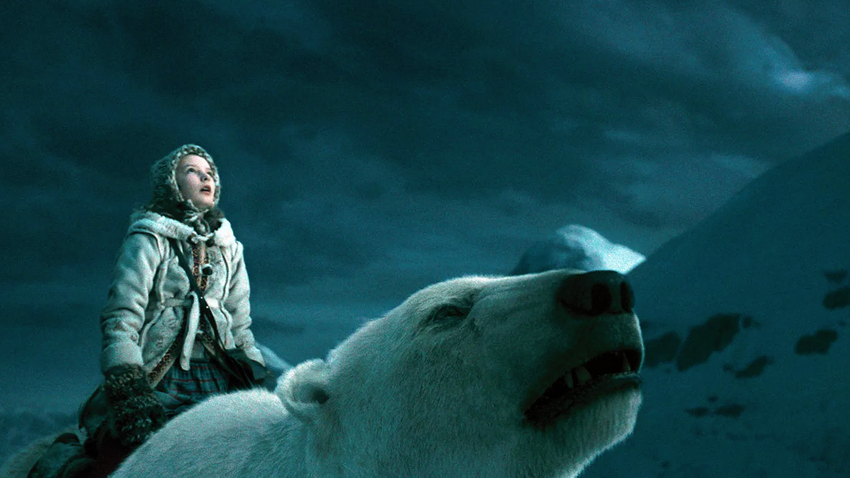
Based on the novel by Philip Pullman, 2007’s The Golden Compass was intended to kickstart a trilogy, but it immediately ran into controversy on release. Firstly, it was criticised by fans of the book for deviating from its source material, and secondly it was attacked by the Catholic Church for apparently promoting atheism to kids. Ultimately, New Line backed away from the sequels.
Shazam: Fury of the Gods
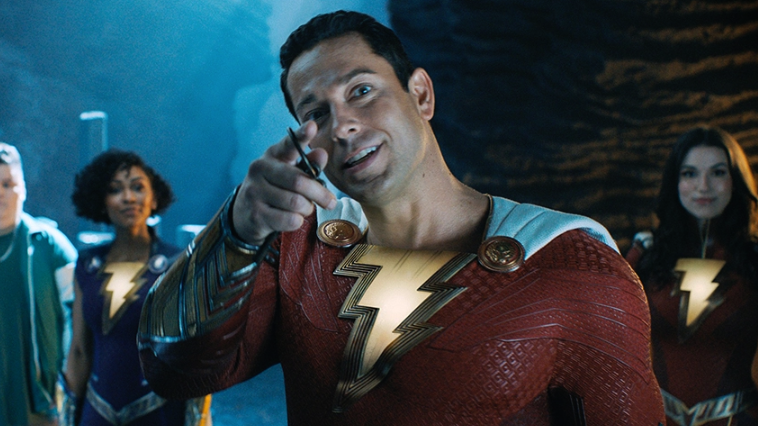
Despite a lukewarm reception from critics and fans, 2019’s Shazam managed to perform just well enough to earn a sequel. Said sequel – Shazam: Fury of the Gods – features two post-credits scenes hinting that the titular hero will join the Justice Society while facing off against Mr. Mind, but the movie’s woeful box office performance means the chance of these scenes leading to anything are slim to none.
Ghostbusters (2016)
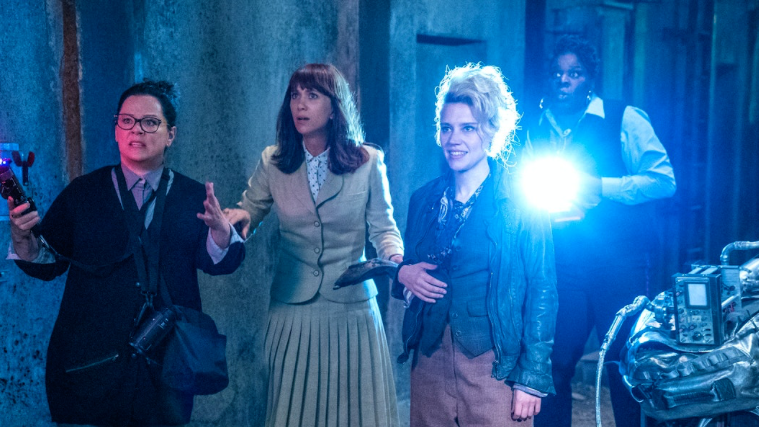
2016’s gender-flipped reboot of Ghostbusters ended with a post-credits scene that featured a garbled voice coming through a radio, leading one of the team to enquire “what’s Zuul?” The stinger was clearly supposed to set up a sequel involving the ghosts from the 1984 original, but Sony instead opted to entirely reboot the franchise again with 2021’s Ghostbusters: Afterlife.
Terminator Genisys
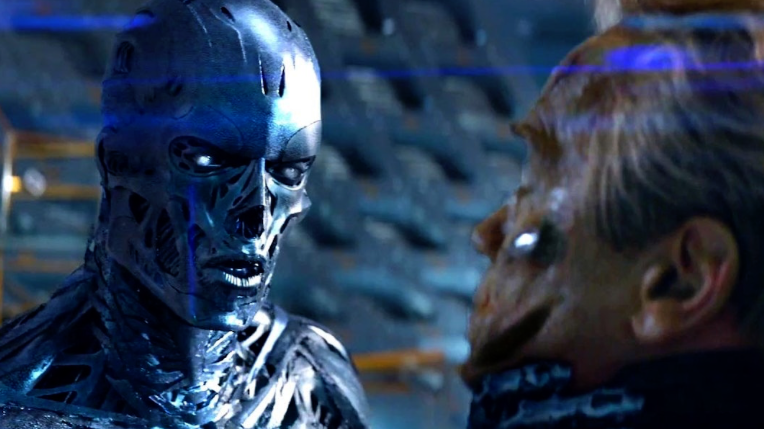
Terminator Genisys was so comprehensively loathed by fans and critics alike that its follow up – Terminator: Dark Fate – pretended it hadn’t even happened. This clearly wasn’t the intention, however, as a Genisys post-credits scene reveals that, amongst the rubble of the Cyberdene lab, Genisys is still living in a secret basement, working diligently to create Skynet and bring about the end of the world.
Transformers: The Last Knight
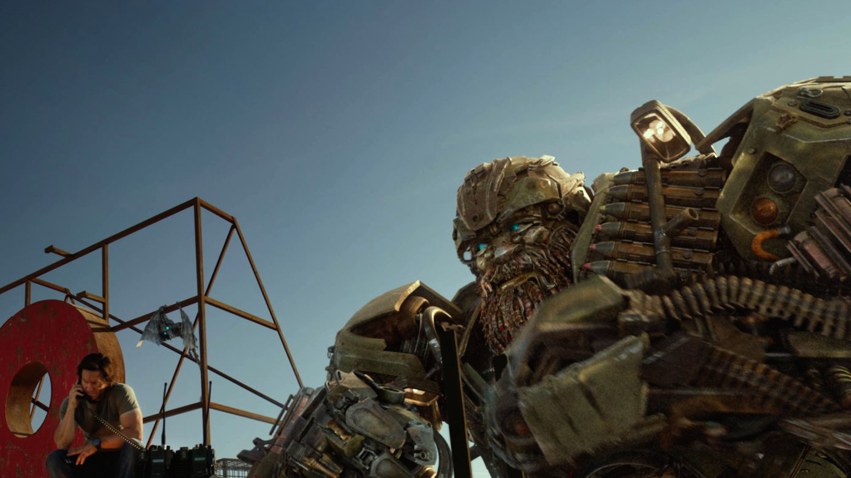
The fifth Transformers film directed by Michael Bay, The Last Knight was seen by many as the death knell of a franchise running out of steam. While an after credits scene – in which Quintessa, now in human form, offers to help a group of scientists destroy Unicron – suggested the filmmakers intended to make another sequel, the studio instead decided on a reboot in the form of Bumblebee.
Deep Rising
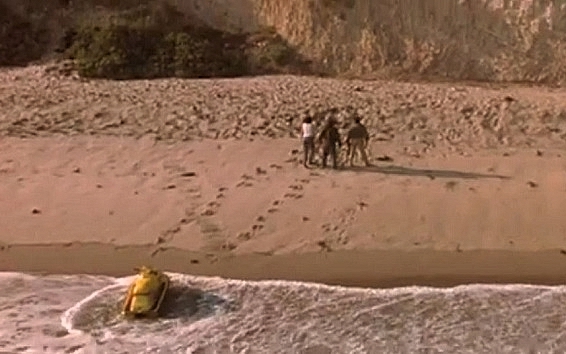
1998 monster movie Deep Rising sees a cruise ship besieged by tentacled terrors. In the climax, the few survivors escape to an island, where roars from the jungle imply their struggles are far from over. Writer-director Stephen Sommers has confirmed this was Skull Island, and the scene was meant to set up a King Kong remake that he would have directed, but Sommers abandoned this to make 1999’s The Mummy instead.
Spider-Man: Homecoming
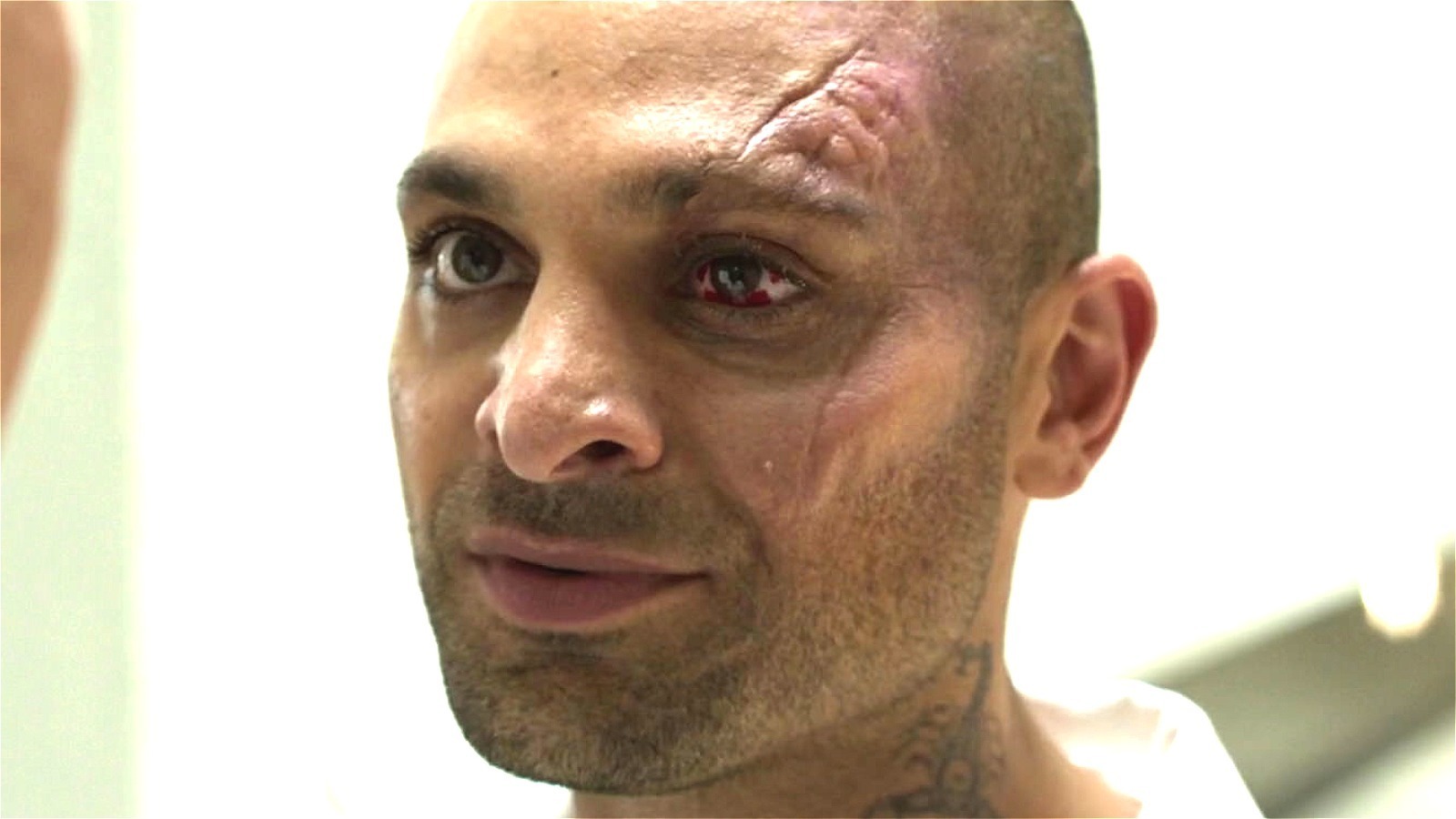
2016’s Spider-Man: Homecoming did indeed get sequels, but the key villain teased at the end hasn’t been seen again. The mid-credits stinger sees Michael Keaton’s imprisoned Adrian ‘Vulture’ Toomes meet another convict: Mac Gargan, aka the Scorpion (Michael Mando). This implied that Scorpion and Vulture might comprise one third of Spidey antagonist team the Sinister Six, but to date this hasn’t happened.
The Divergent Series: Allegiant
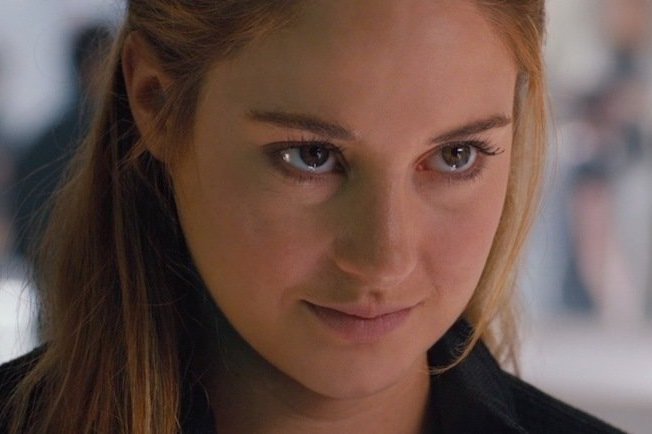
The Divergent series adapted Veronica Roth’s YA sci-fi novels Divergent, Insurgent and Allegiant to the big screen. They were intended to be followed by Ascendant, which would wrap up the story threads left unresolved by the third film. However, the trilogy under-performed both critically and commercially, leading studio Lionsgate to first consider making the fourth film for television before pulling the plug completely.
Street Fighter
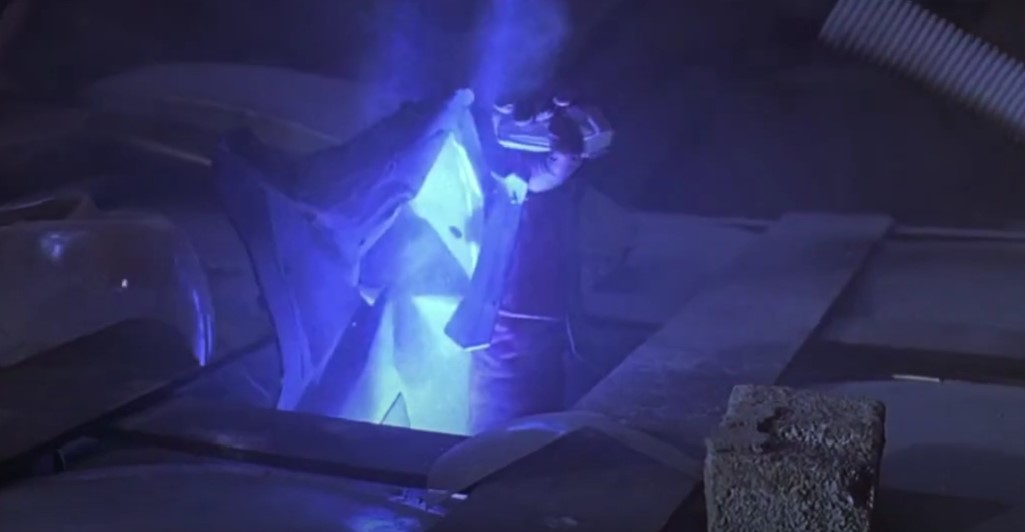
1994 Street Fighter ends with villain M Bison defeated, seemingly crushed under falling rubble – but a post-credits stinger reveals Bison’s survival, as his fist bursts up through the debris. Sadly, Bison actor Raul Julia passed away soon after completing production on the video game adaptation, and any plans for a direct sequel died along with him.
Sahara
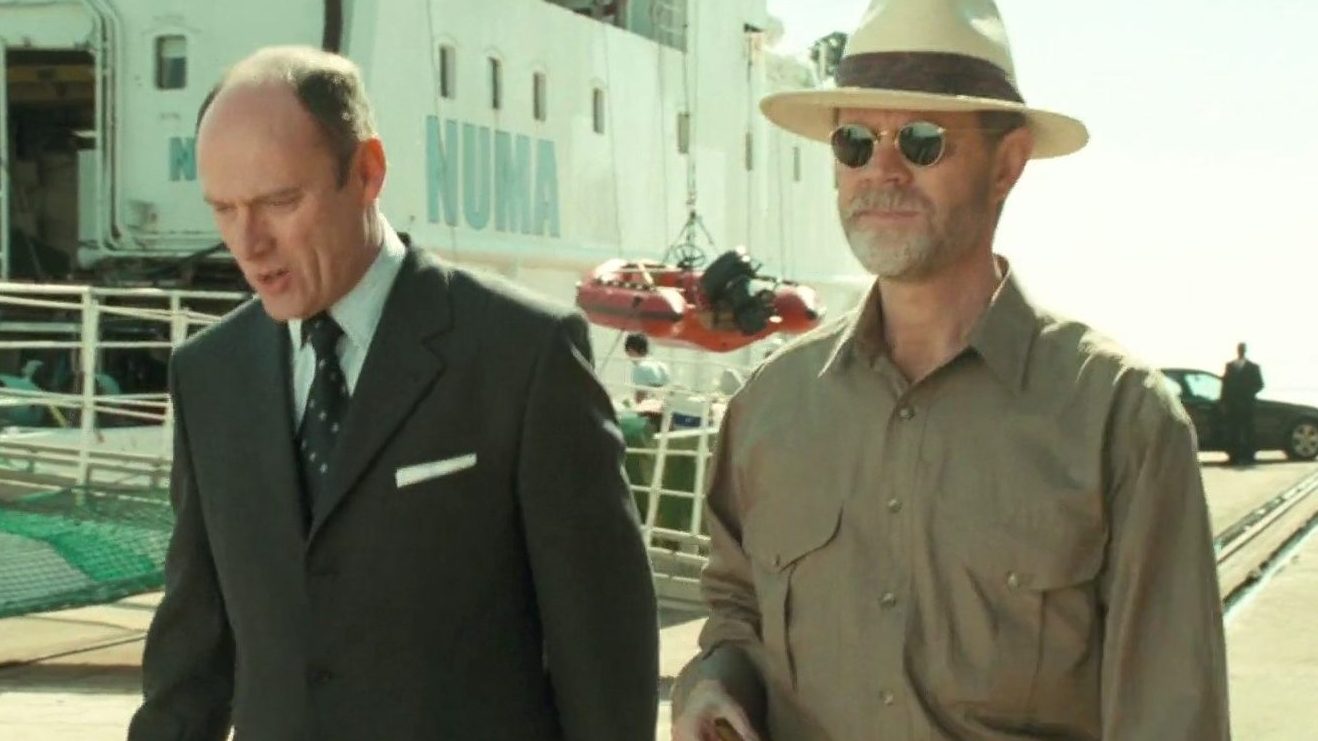
2005 adventure Sahara was meant to be the first in a series of movies based on Clive Cussler’s Dirk Pitt novels. To set this up, the final scenes see Pitt’s boss Admiral Sandecker (William H Macy) tentatively agree to take future missions for the US government. The film’s poor box office and legal clashes with Cussler himself meant no sequels ever came.
The Rocketeer
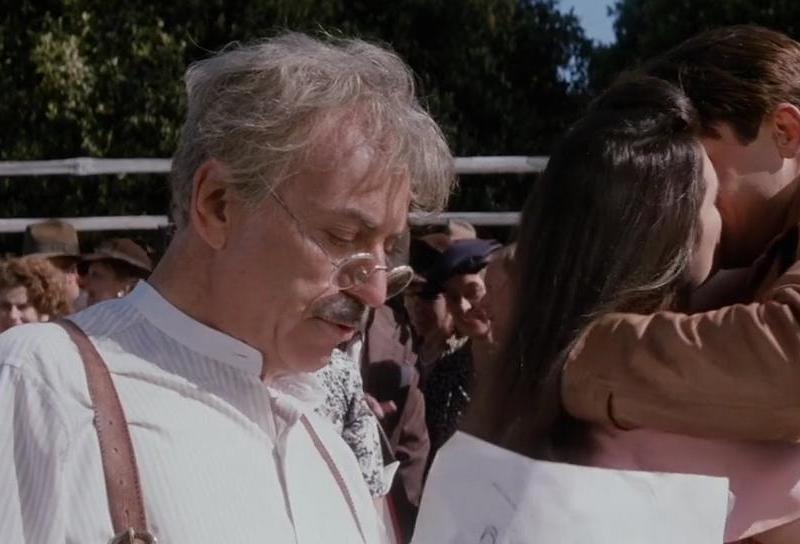
Disney were so confident that 1991’s The Rocketeer would become a franchise, they had actors Bill Campbell and Jennifer Connolly sign multi-picture deals. The end scene paves the way for more adventures, as Alan Arkin’s engineer Peevey looks at the blueprints from which he can build a new rocket pack. Unfortunately, the comic book adaptation didn’t make enough money to green light a follow-up.
District 9
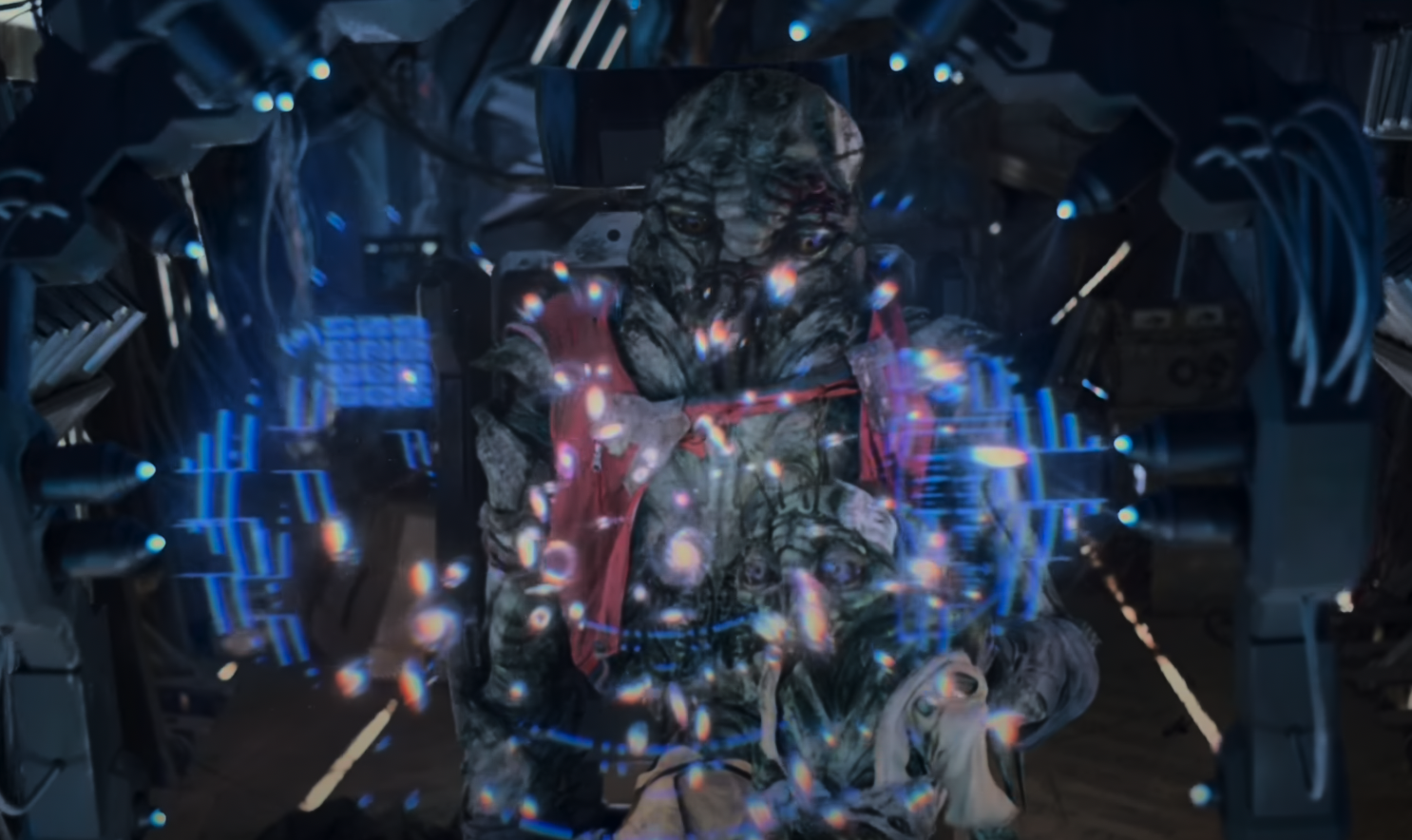
Neill Blomkamp’s 2009 sci-fi drama District 9 wowed audiences and critics with its cutting-edge CGI and surprisingly realistic tone. The final act sees Sharlto Copley’s xenophobic bureaucrat literally transformed into an alien, as Christopher and son CJ fly back to their home planet to get reinforcements. A sequel was hotly anticipated, but instead Blomkamp moved on to other original sci-fi projects, 2013’s Elysium and 2015’s Chappie.
The A-Team
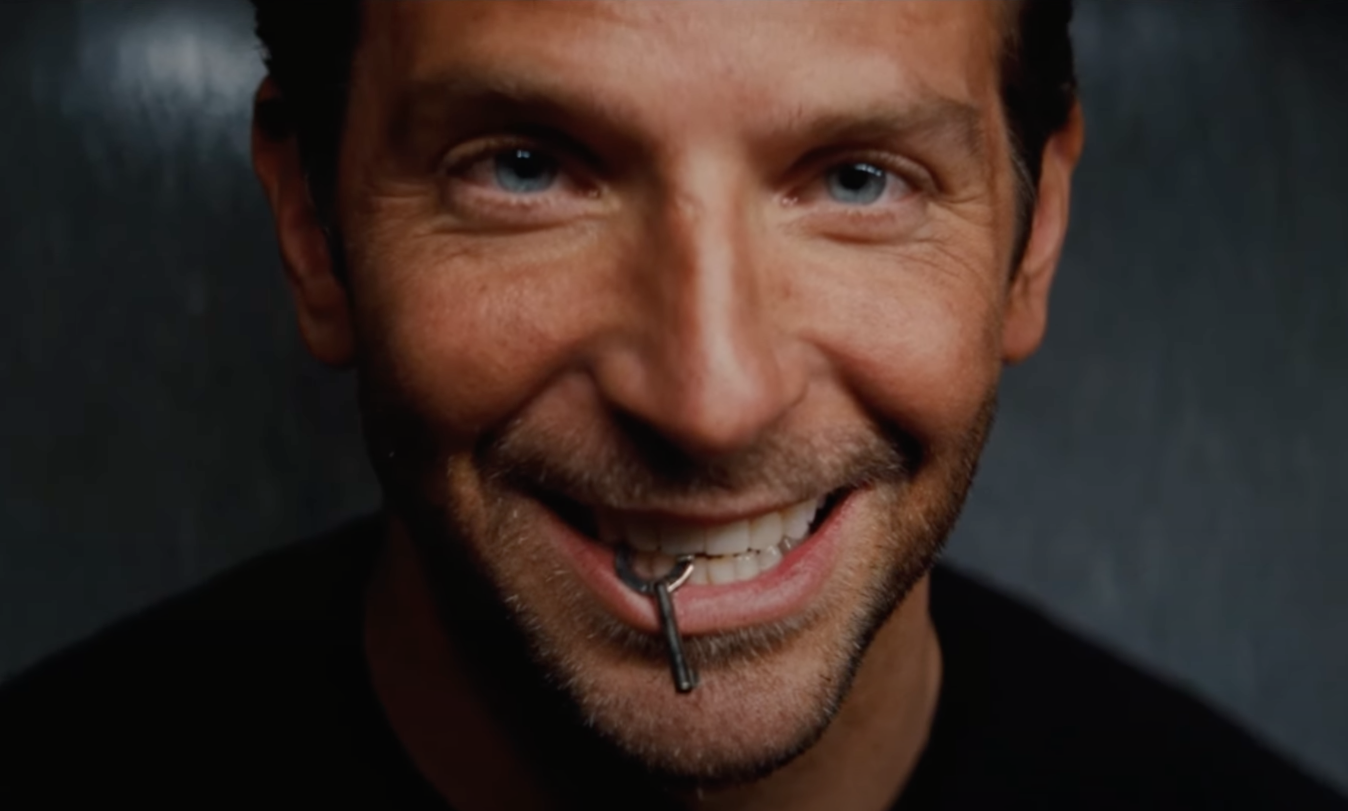
Based on the beloved 80s TV series, 2010’s The A-Team was never meant to be a one-off. The movie ends with the four rogue soldiers re-captured, but as Bradley Cooper’s Face reveals a handcuff key in his mouth, their escape is imminent. Alas, the movie cost around $110 million to make and took only $177 million at the box office. Hollywood economics = no sequel.
Wanted

To an extent, 2008 comic book adaptation Wanted comes to a fairly definitive conclusion. Inducted into a secret guild of assassins only to learn he’s working for the villains, James MacAvoy’s Wesley proves the film’s sole survivor. However, with his newfound skills, he’s all set up to become a professional assassin on his own. A sequel was planned, but failed to gain momentum.
The Dark Knight Rises
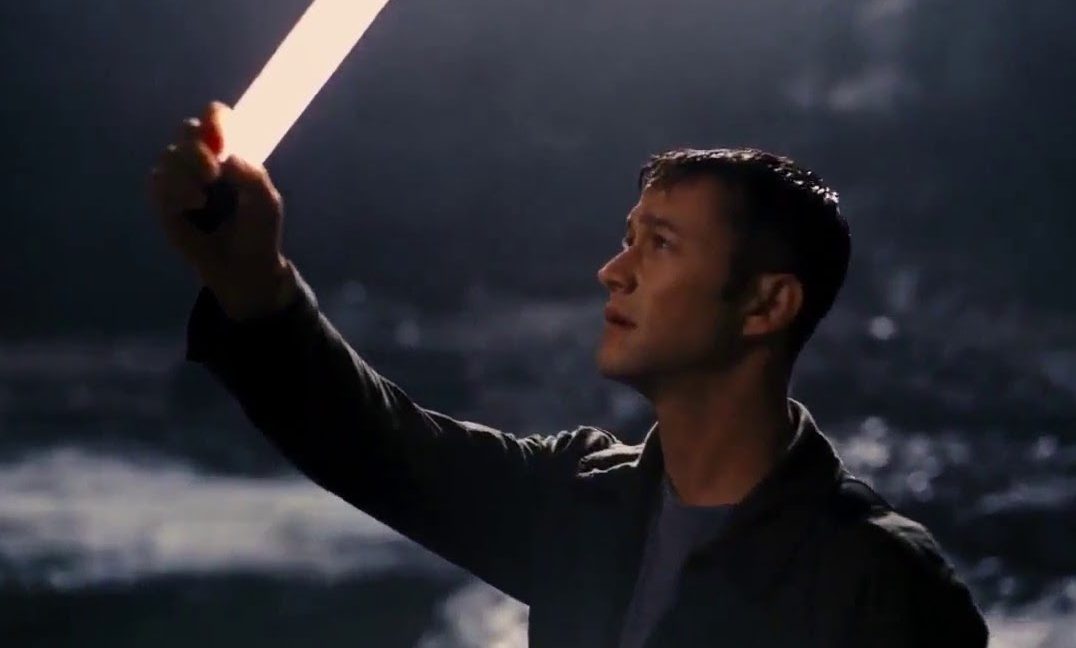
Christopher Nolan denies that the climax of The Dark Knight Rises was intended to set up a sequel, yet it clearly hints at more to come within that universe. Joseph Gordon-Levitt’s Blake – whose first name is revealed as Robin – is given access to the now abandoned Batcave, heavily implying he will take up the mantle of Gotham’s protector. Alas, we’re unlikely to see this happen.
Crank: High Voltage
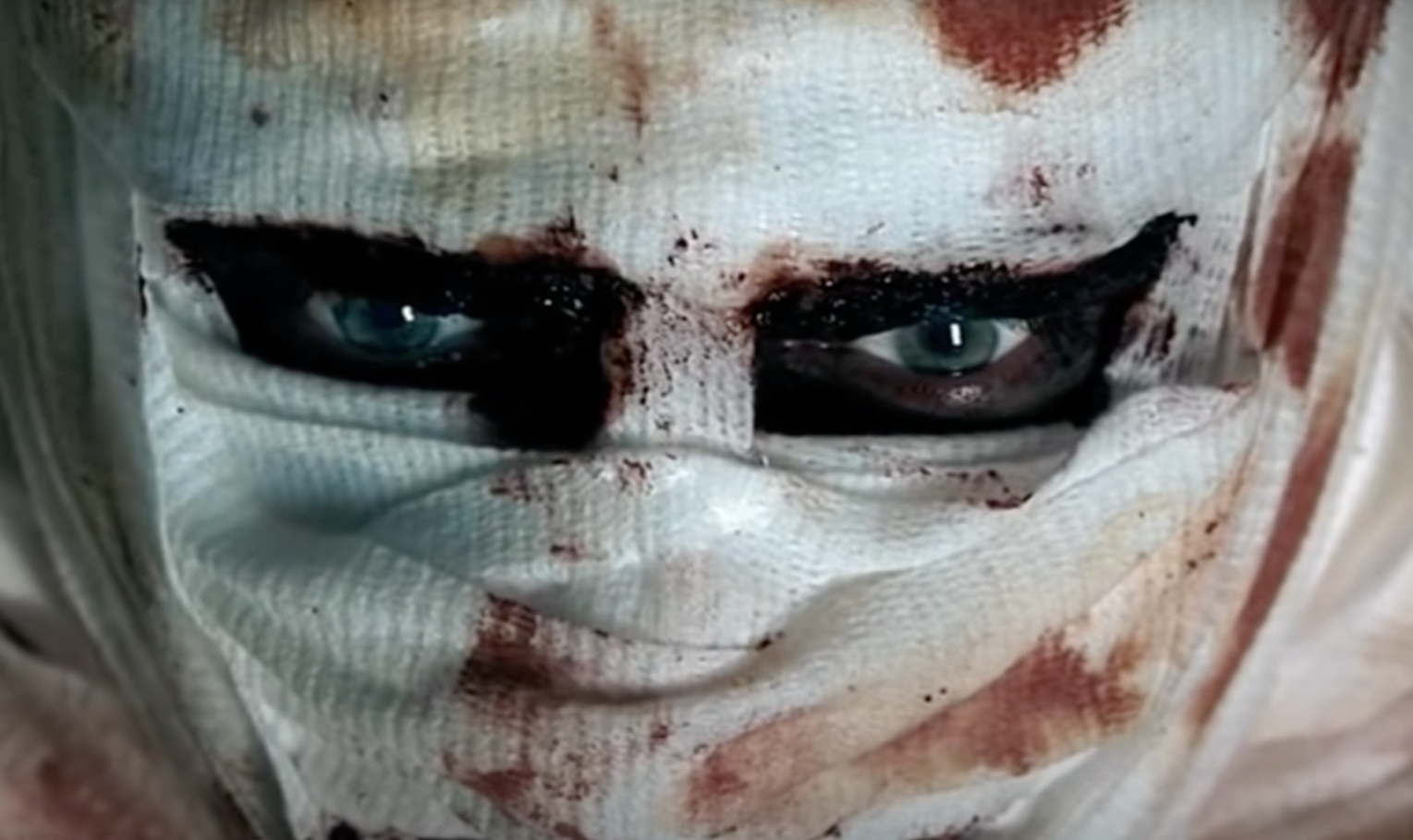
Along with The Transporter movies, Crank helped establish Jason Statham as one of the greatest new action stars of the 2000s. Second film Crank: High Voltage continued the adrenaline-charged misadventures of the seemingly indestructible anti-hero Chev Chelios, and the final seconds reveal that, against all odds, he’s still alive. The franchise’s low profits and Statham’s busy schedule prevented a third film from being made.
RocknRolla
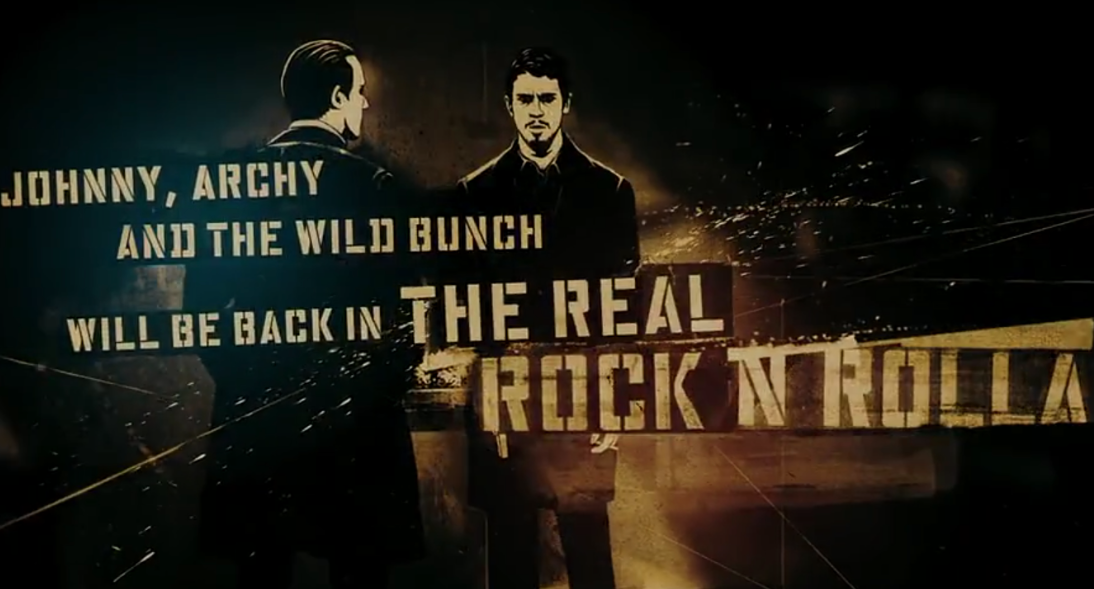
Director Guy Ritchie made his name with British gangster movies, one of which – 2008’s RocknRolla – was intended as the first chapter in a trilogy. The film’s end credits include a promise that a sequel, The Real RocknRolla, would follow. Instead, Richie moved on to direct such blockbusters as the Sherlock Holmes films, The Man from UNCLE and Aladdin.
The Adventures of Buckaroo Banzai Across the 8th Dimension
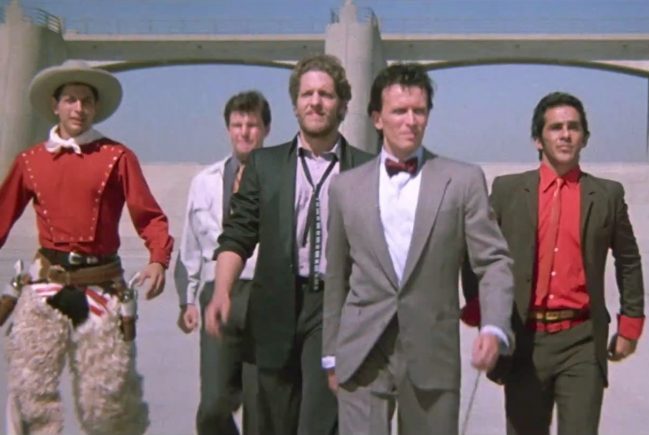
1984’s off-the-wall sci-fi romp The Adventures of Buckaroo Banzai Across the 8th Dimension was always intended to begin a franchise. The end credits start with the promise of a sequel, Buckaroo Banzai Against the World Crime League. This failed to come to fruition as 8th Dimension bombed at the box office, although it has since attained a substantial cult following.
National Treasure: Book of Secrets
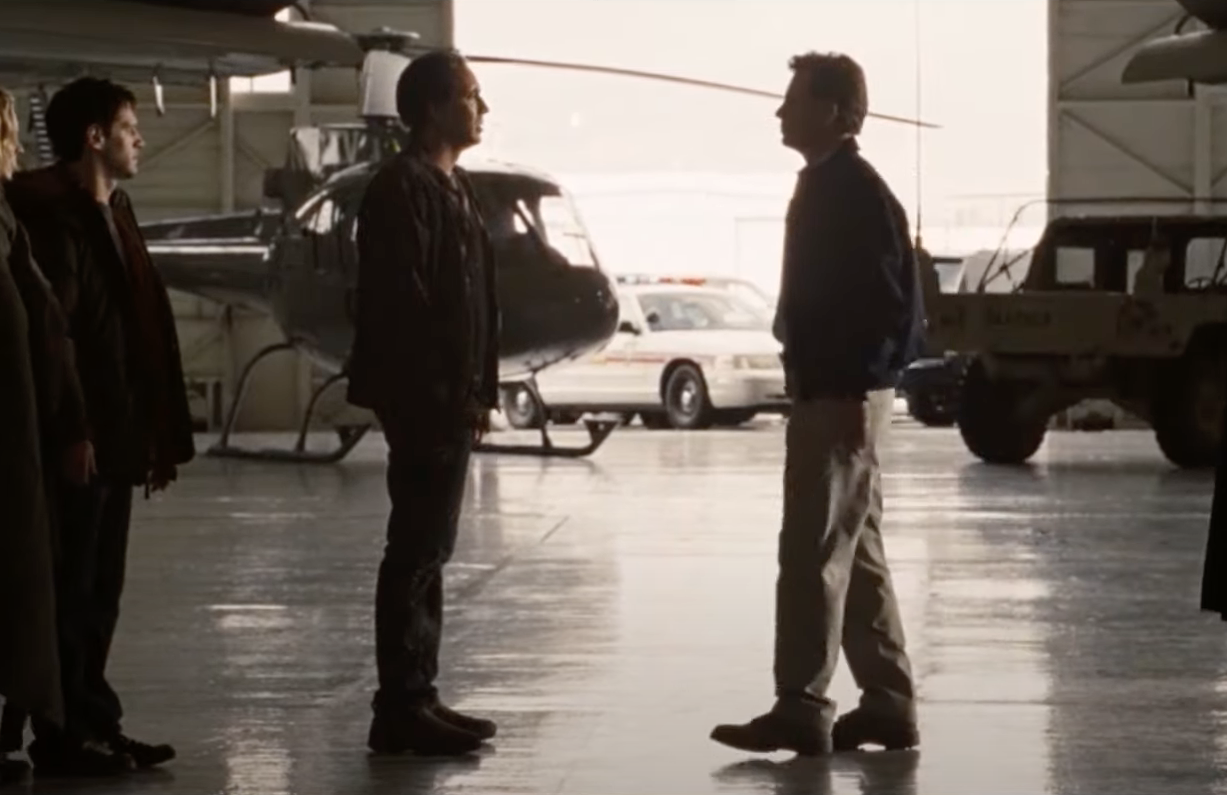
Continuing the treasure hunting adventures of the 2004 original, 2007’s National Treasure: Book of Secrets ends with Nicolas Cage’s Ben Gates about to learn a juicy historical secret from the US President. The plan was for a third film to complete a trilogy, but the project wound up stuck in development hell. The franchise eventually lived on with 2023’s Disney+ spin-off series National Treasure: Edge of History.
Super Mario Bros. (1993)
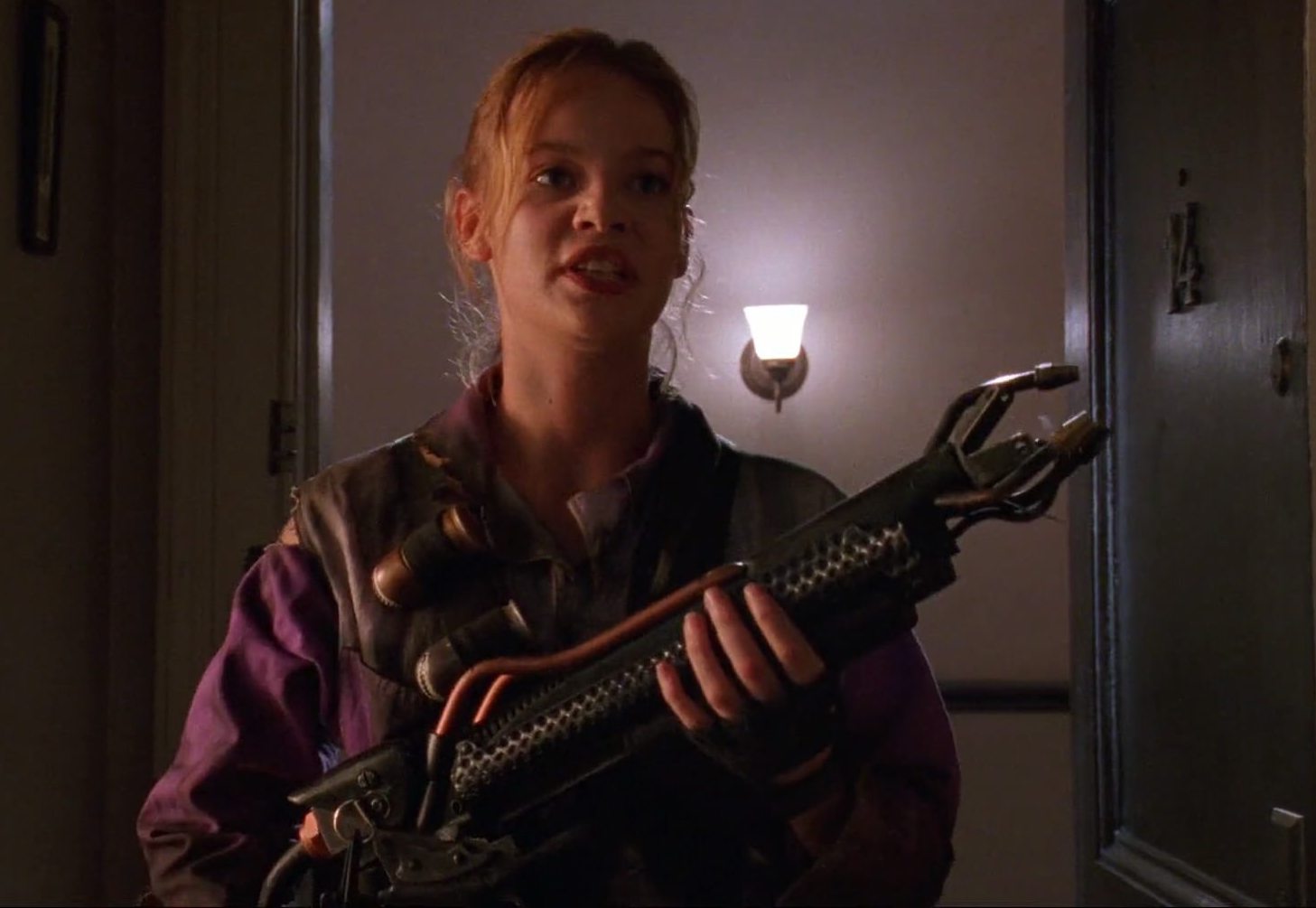
1993’s Super Mario Bros ends with Mario (Bob Hoskins) and Luigi (John Leguizamo) returning home to Brooklyn, only for Daisy (Samantha Mathis) to suddenly appear requesting their help with another situation in the dinosaur dimension. A sequel might have ensued, were it not for the fact that Super Mario Bros wound up one of the most critically reviled box office flops of all time.
The Iron Giant
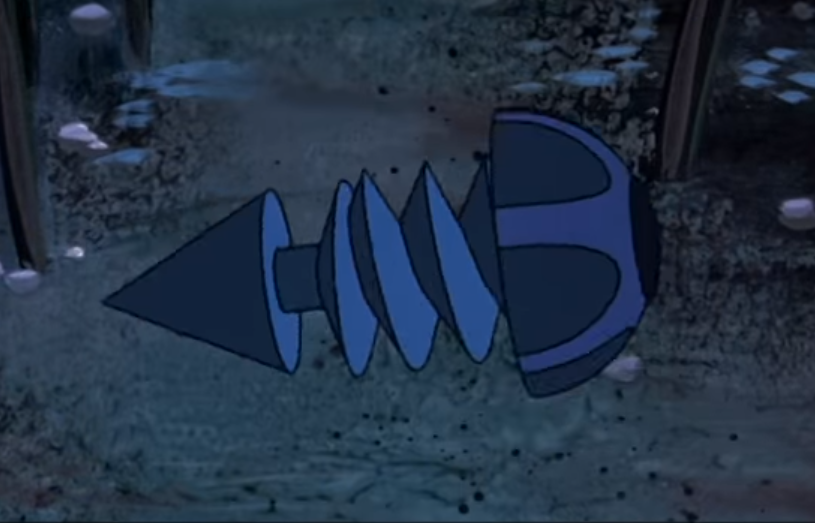
1999’s The Iron Giant has one of the most heartbreaking endings of any family-oriented animated movie, with the title character sacrificing himself to save his human friends from a bomb. However, the final moments reveal that, while blown to bits, the robot survived and is re-assembling himself. As much as this seems to suggest a sequel, director Brad Bird says this was never the plan.
Austin Powers in Goldmember
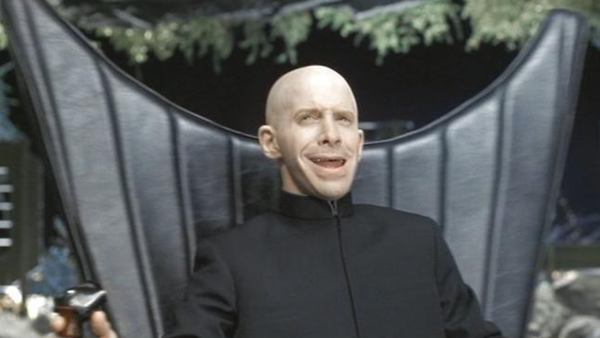
2002’s third Austin Powers movie Goldmember ends with the surprise twist that Austin and Dr. Evil are brothers. The former enemies become allies – but Dr. Evil’s son Scott (Seth Green) refuses to turn good, and swears vengeance against Austin. However, actor/writer Mike Myers decided against continuing the franchise, and (after the unfortunate The Cat in the Hat and The Love Guru) semi-retired from filmmaking.
Planet of the Apes (2001)
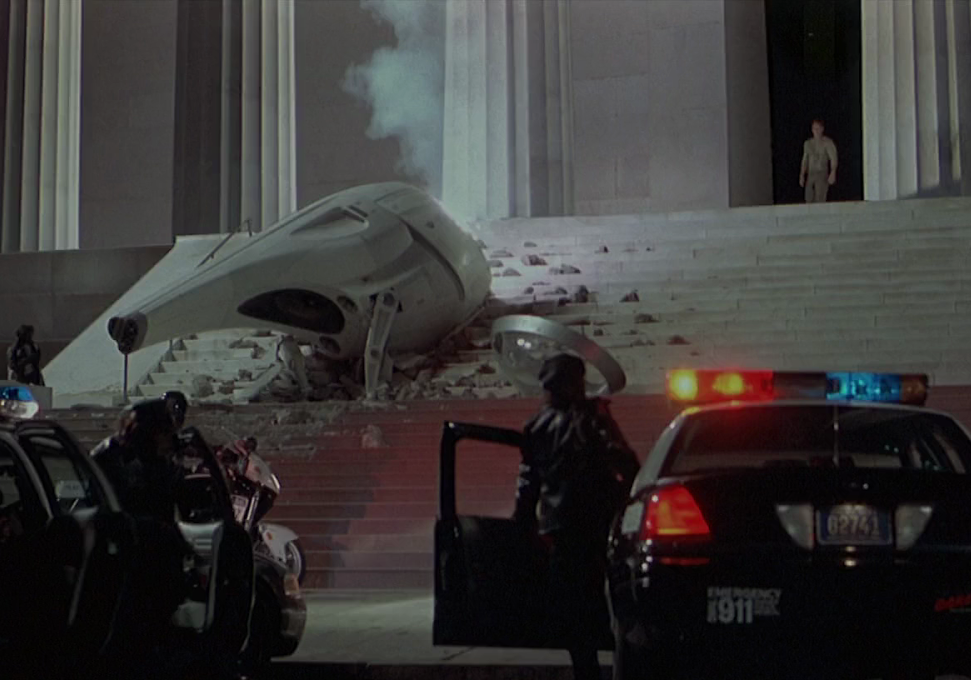
Tim Burton’s 2001 reboot of Planet of the Apes proved misguided on every level, not least its climactic attempt to set up a sequel with Mark Wahlberg’s astronaut hero returning to Earth, only to find apes have taken over. It made no sense, and barely anyone liked the movie anyway, so the franchise died out until 2011 reboot Rise of the Planet of the Apes.
Spaceballs
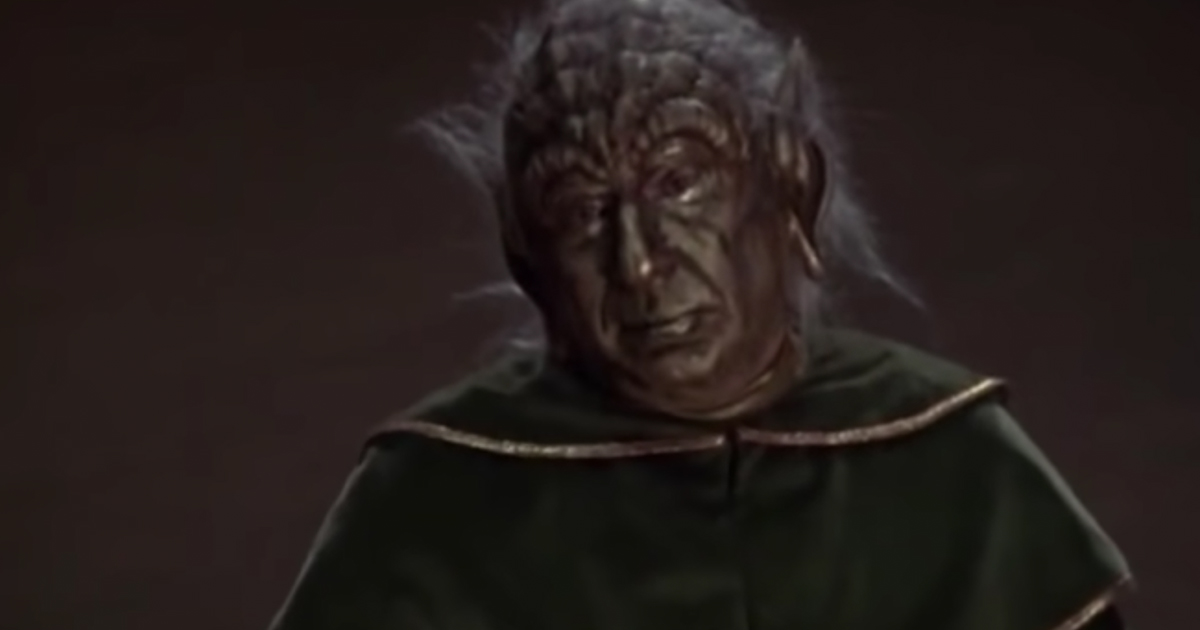
In Mel Brooks’ madcap sci-fi spoof Spaceballs, Brooks himself portrays Yogurt, a wise alien who’s well aware he’s a movie character. As he bids farewell to Bill Pullman’s hero Lone Starr, Yogurt muses, “God willing we’ll all meet again in Spaceballs 2: The Search for More Money.” This may have just been a joke, but many fans have long wanted to see this sequel.
The Simpsons Movie
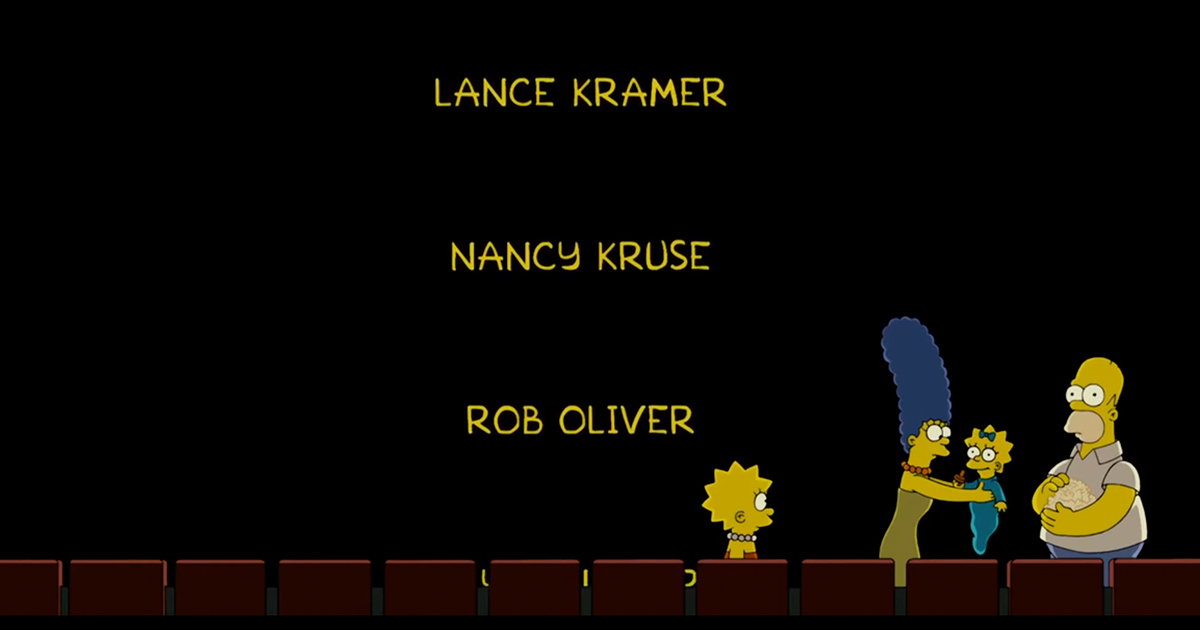
Still on television after more than 30 years, the Simpsons have never really gone away – but even so, they’ve only had one big screen outing. 2007’s The Simpsons Movie ends with the family watching the end credits with the audience, when Maggie pulls out her pacifier to say her first word: “sequel!” More than 15 years on, this prophecy has not been fulfilled.
Beerfest
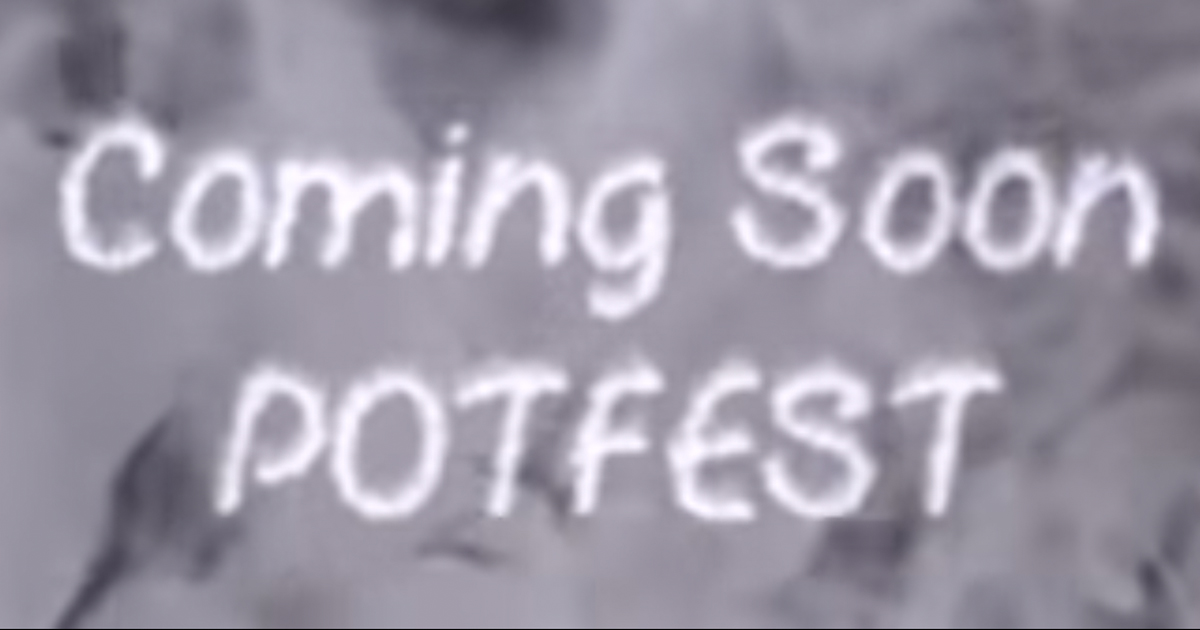
2006’s Beerfest is the fourth film to star comedy troupe Broken Lizard, and as the name suggests it sees the ensemble drink a lot of beer. The final scenes show the gang go to Amsterdam, which it is promised will be the setting for a sequel, Potfest. In reality, no sequel was ever intended, and the Broken Lizard team only included this as a joke.
Kung Pow! Enter the Fist
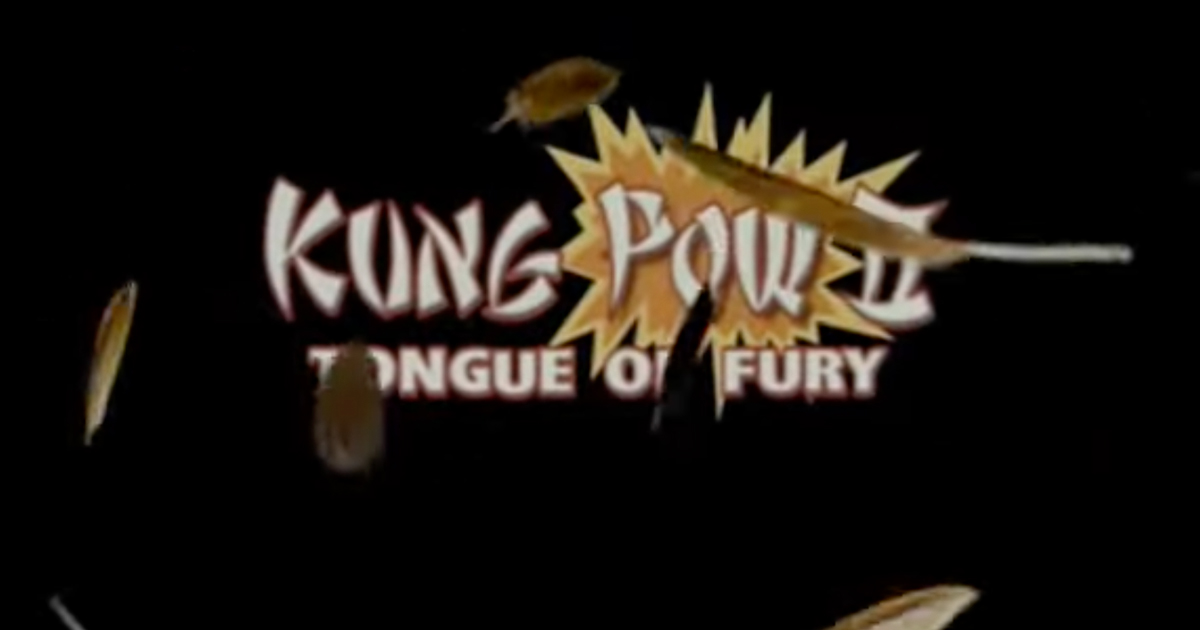
2002’s Kung Pow! Enter the Fist is an over-the-top lampoon of 70s kung fu movies, built in part from repurposed footage from actual Hong Kong productions. The film ends on a fake trailer boasting footage for what purports to be a second movie, Kung Pow II: Tongue of Fury. Sadly for fans, the film didn’t perform well enough financially for this to become a reality.
The Rock
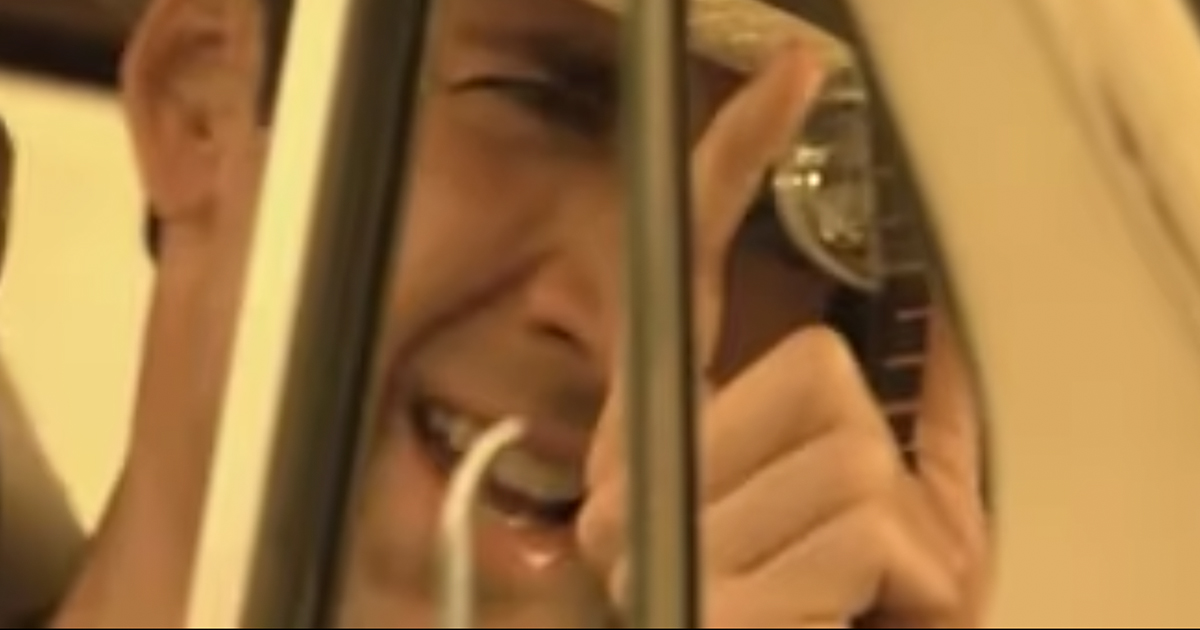
1996 action adventure The Rock ends with Sean Connery’s John Mason telling Nicolas Cage’s Stanley Goodspeed the location of a microfilm containing the US government’s biggest secrets. The final scene sees Goodspeed recover this, and a planned sequel would have seen the duo reunite whilst on the run. This went on the backburner as director Michael Bay moved on to make Armageddon and Pearl Harbor instead.
Conan the Destroyer

Curiously, both of Arnold Schwarzenegger’s Conan movies – 1982’s Conan the Barbarian, and 1984’s Conan the Destroyer – end with the same tease of a sequel: an old, grey-bearded Conan sitting on a throne, wearing a crown “upon a troubled brow.” We’ve still yet to see this third film become a reality, but now that Schwarzenegger really is old and grey, it still might happen.
Machete Kills
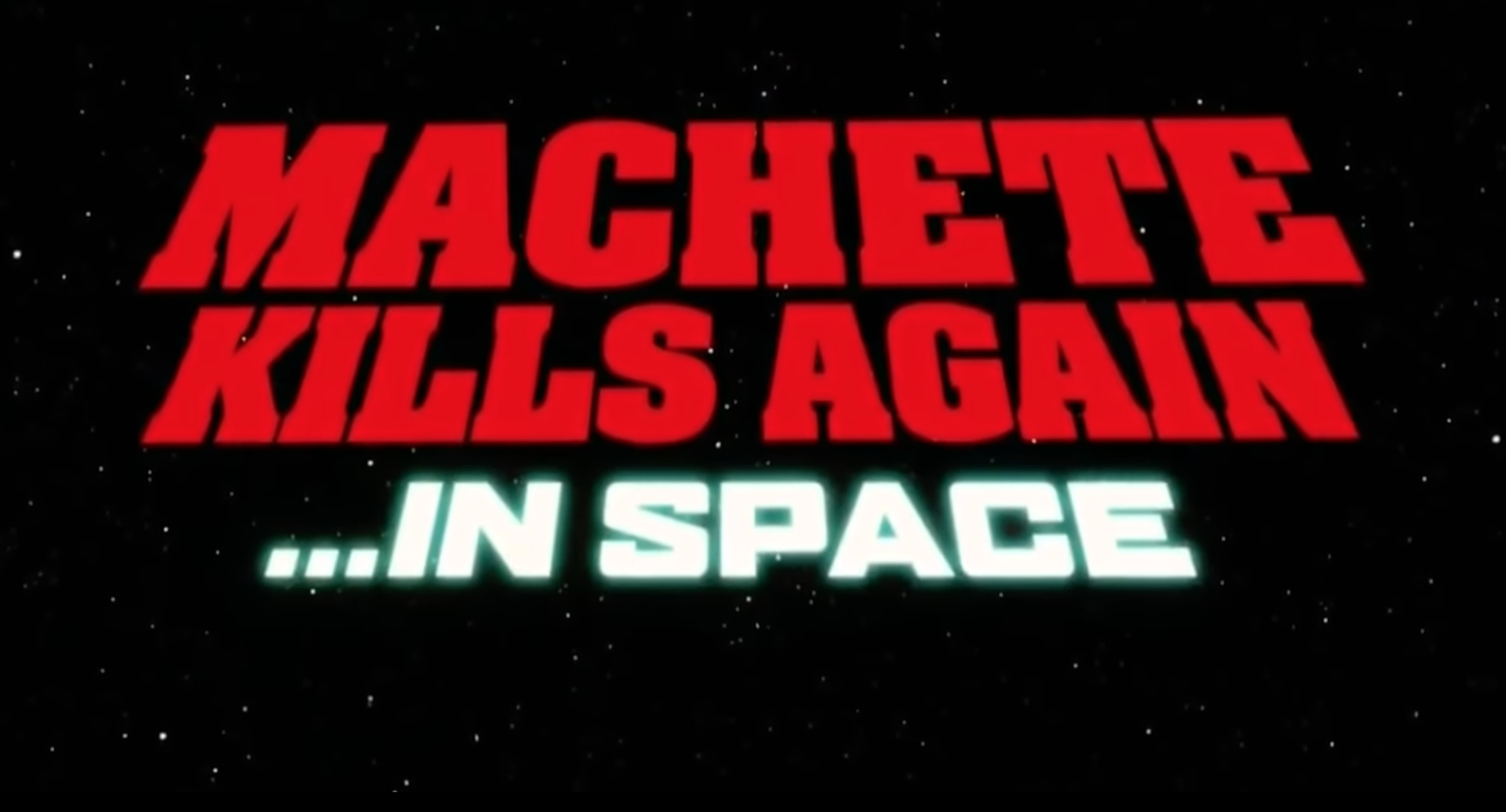
2013’s Machete Kills might be the only movie to tease a sequel at the beginning, rather than the end. The grindhouse-styled follow-up to 2010’s Machete opens on a fake trailer for a third film – Machete Kills Again… In Space – and the final scenes set the stage for this. Alas, as Machete Kills cost $20 million but made only $17 million, no third film was made.
Night of the Creeps
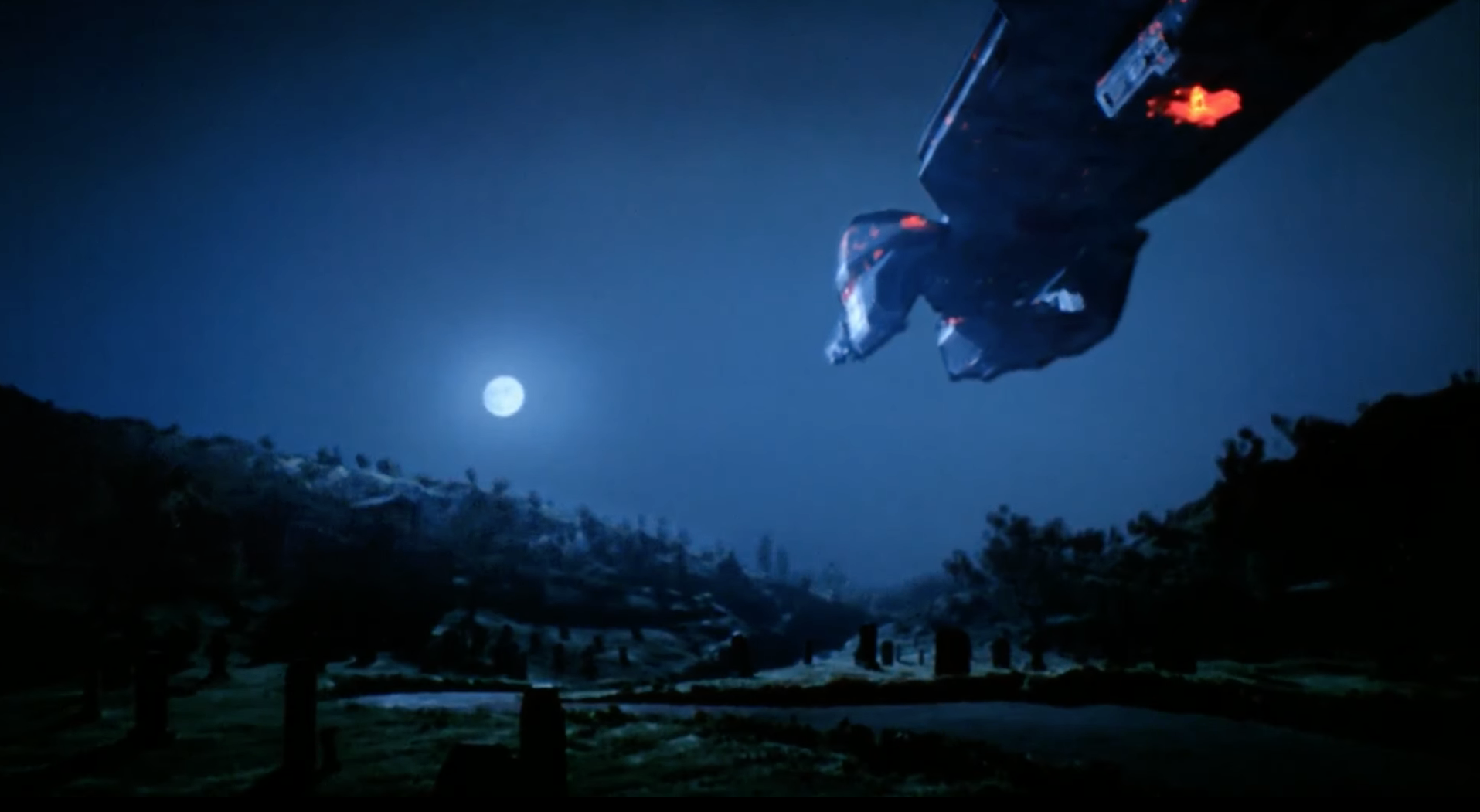
In 1986 horror comedy Night of the Creeps, alien parasites cause a zombie outbreak. The final scene sees the alien mothership arrive in search of their creation, seemingly implying there’s more to come. However, writer-director Fred Dekker has denied a sequel was ever intended, although years later an unrelated movie named Zombie Town was sold as Night of the Creeps 2 in some territories.
Journey 2: The Mysterious Island
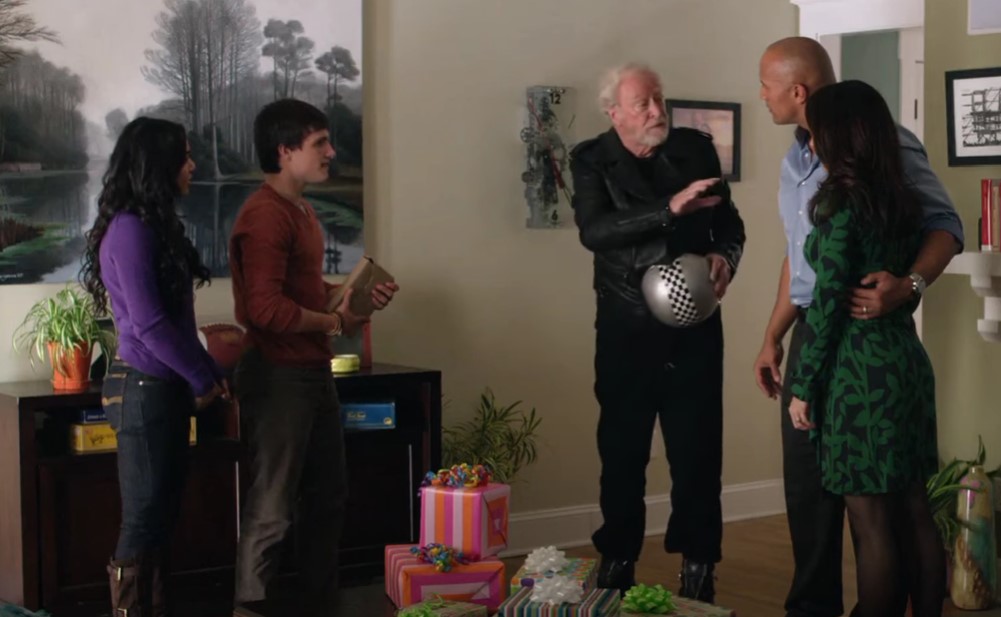
Itself a sequel to 2008’s Journey to the Center of the Earth, 2012’s Journey 2: The Mysterious Island ends with a tease for a third film, as Michael Caine’s grandfather gives Josh Hutcherson a book: Jules Verne’s From the Earth to the Moon. However, leading man Dwayne Johnson proved so busy in the years that followed, plans for a third Journey fell to the wayside.
It Follows
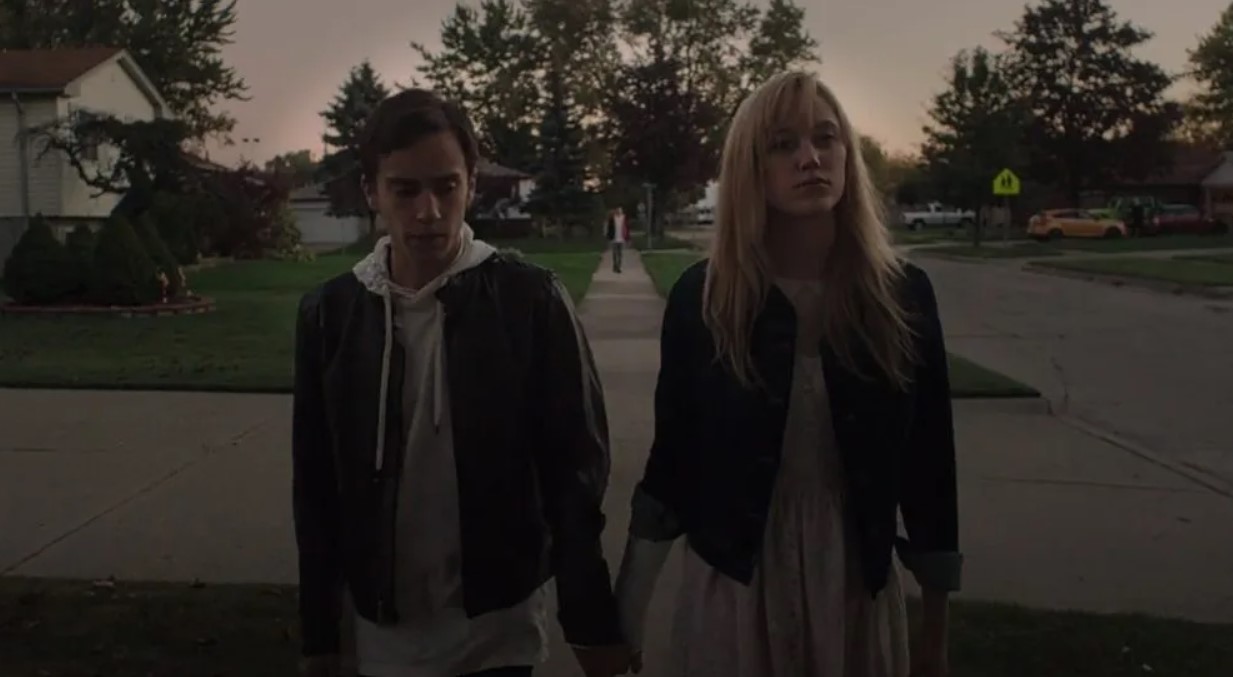
2014 horror It Follows might not necessarily set up a sequel, but it leaves enough unresolved that the story could easily have continued. After protagonist Jay (Maika Monroe) has spent the whole movie trying to escape the mysterious monster only she can see, she and her friends think they have escaped – but the final moments see ‘it’ appear again, suggesting the struggle isn’t over.
Captain Underpants: The First Epic Movie
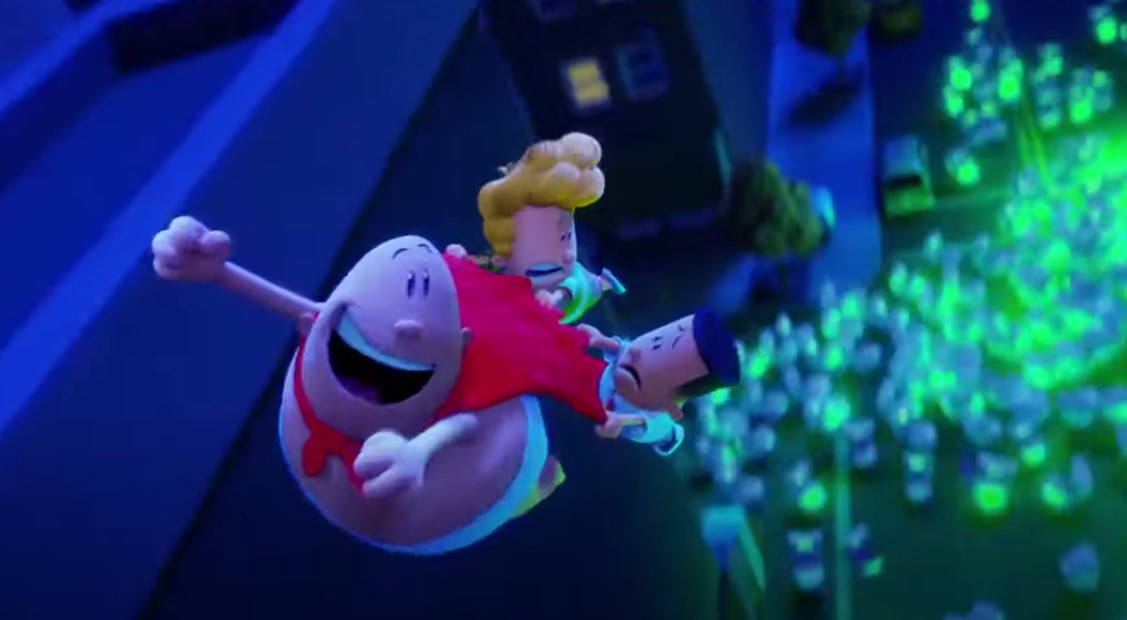
2017’s criminally underrated Captain Underpants: The First Epic Movie is another film whose franchise intentions were clear from the title alone. Based on Dav Pilkey’s children’s book, the animated comedy ends with a set-up for the second story in which the titular hero battles sentient, radioactive toilets. Alas, while an animated Netflix series followed, no big screen sequel ever came to pass.
The Hitchhiker’s Guide to the Galaxy
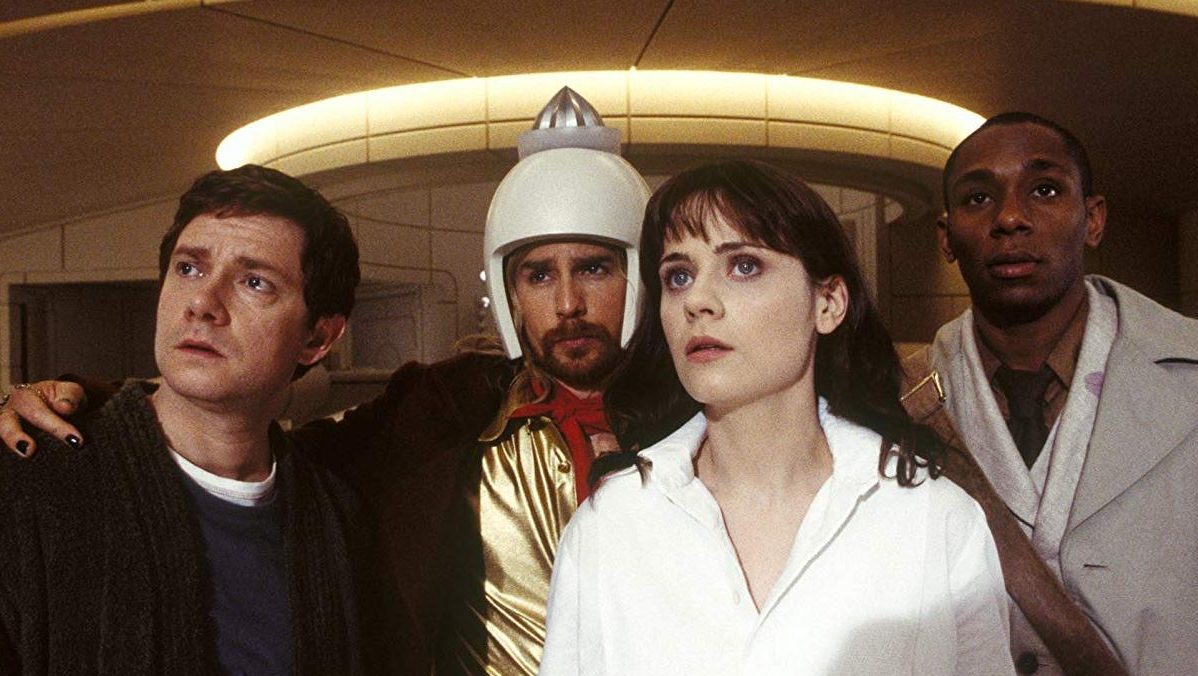
Based on Douglas Adams’ novel, 2005’s The Hitchhiker’s Guide to the Galaxy ends with Martin Freeman’s homely protagonist Arthur deciding against remaining on the rebuilt planet Earth in favor of more space exploration. Mos Def’s Ford suggests visiting a Restaurant at the End of the Universe – which happens to be the title of Adams’ follow-up novel. A clear set-up for a sequel that didn’t happen.
Mac and Me
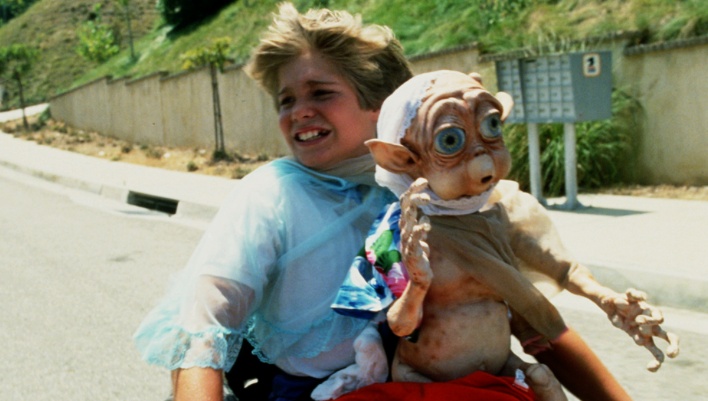
Equal parts E.T. ripoff and soulless exercise in product placement, Mac and Me ends with a freeze-frame accompanied by a self-assured title promising “We’ll Be Back.” As it was, the film absolutely bombed – somewhat hearteningly considering how much of a blatant cash-grab it was – and the planned sequel was promptly binned.
Remo Williams: The Adventure Begins
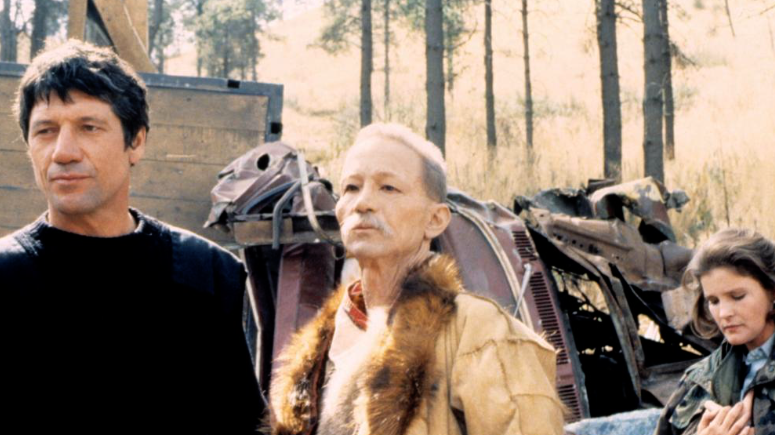
As the name suggests, Remo Williams: The Adventure Begins was supposed to serve as the launchpad for a new action hero franchise. Fred Ward signed on for three films, but alas it wasn’t to be. Although the movie was well received by critics, there simply wasn’t any interest from the public and the studio axed the planned sequels.
Making the Grade
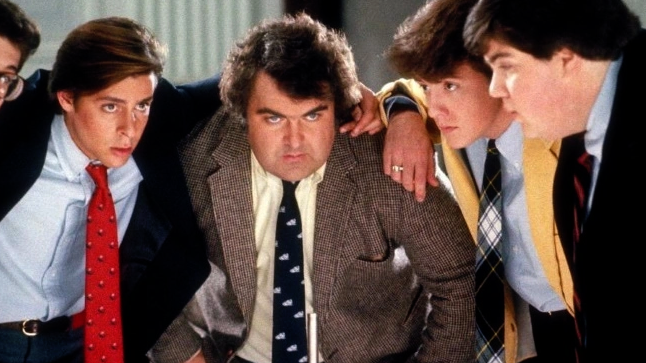
One thing is for certain: the makers of 1984’s Making the Grade – a film about a student who enlists the help of a conman to help him cheat at his studies – certainly weren’t lacking in confidence. A post-credits title card promises that “Palmer and Eddie will be back in Tourista, Coming Soon”, a promise that went unfulfilled on account of the film’s dismal takings at the box office.
Doctor Detroit
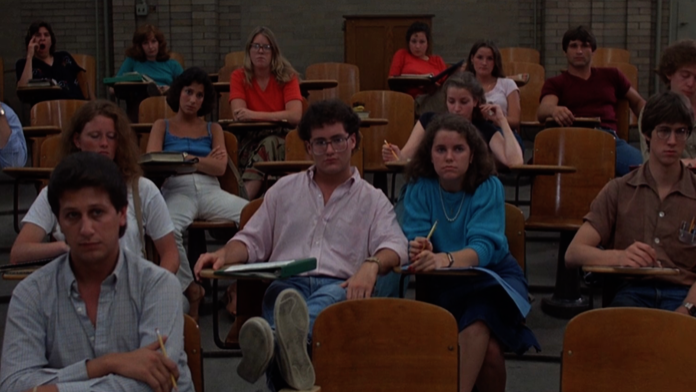
1983’s Doctor Detroit stars Dan Aykroyd as a professor who unexpectedly assumes command over a group of prostitutes when their pimp goes on the run. At the time, putting Dan Aykroyd in a movie was the closest you could get to guaranteed success, so the film confidently teased a sequel – titled Doctor Detroit 2: The Wrath of Mom – but the film unexpectedly tanked and the follow up was cancelled.